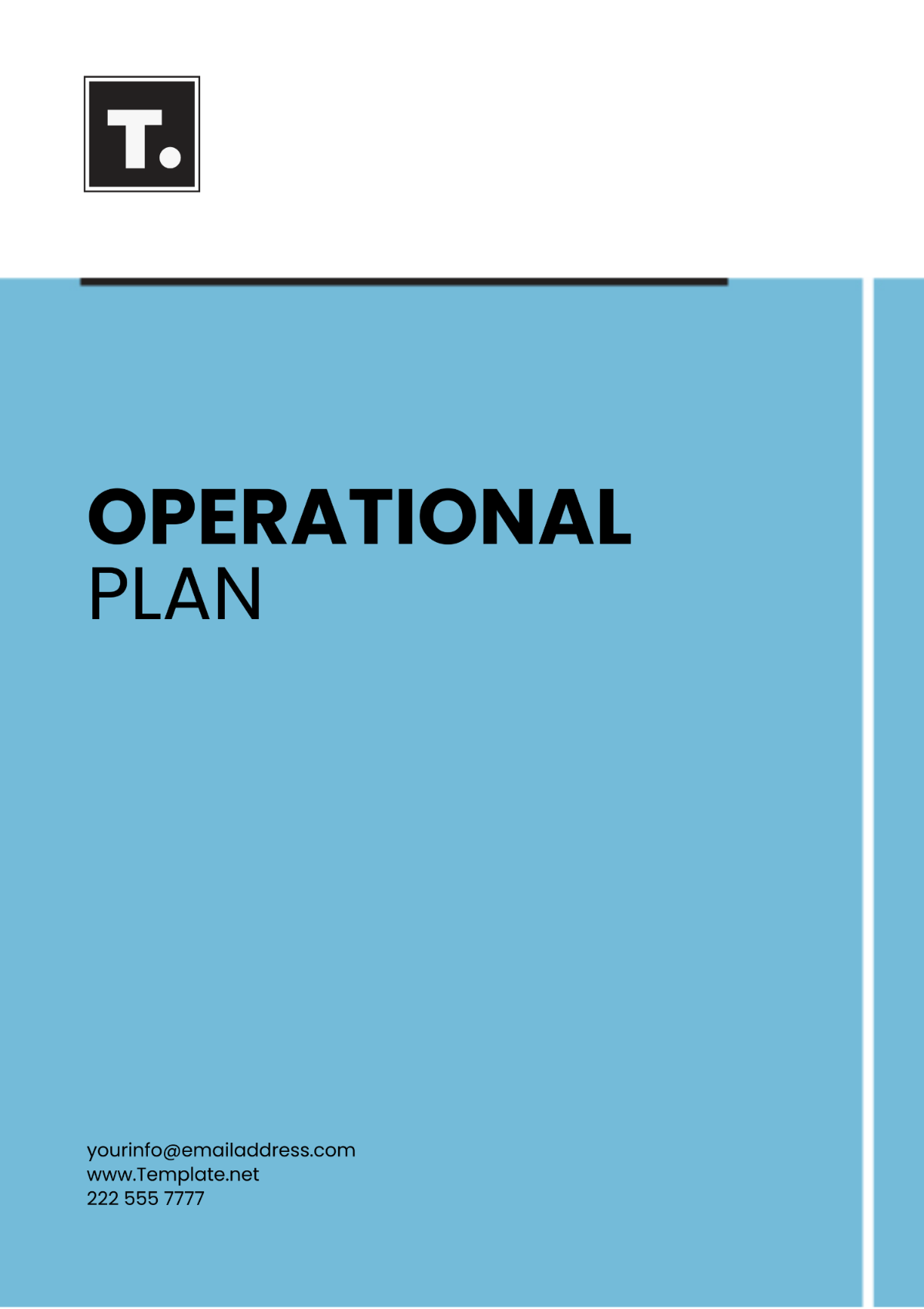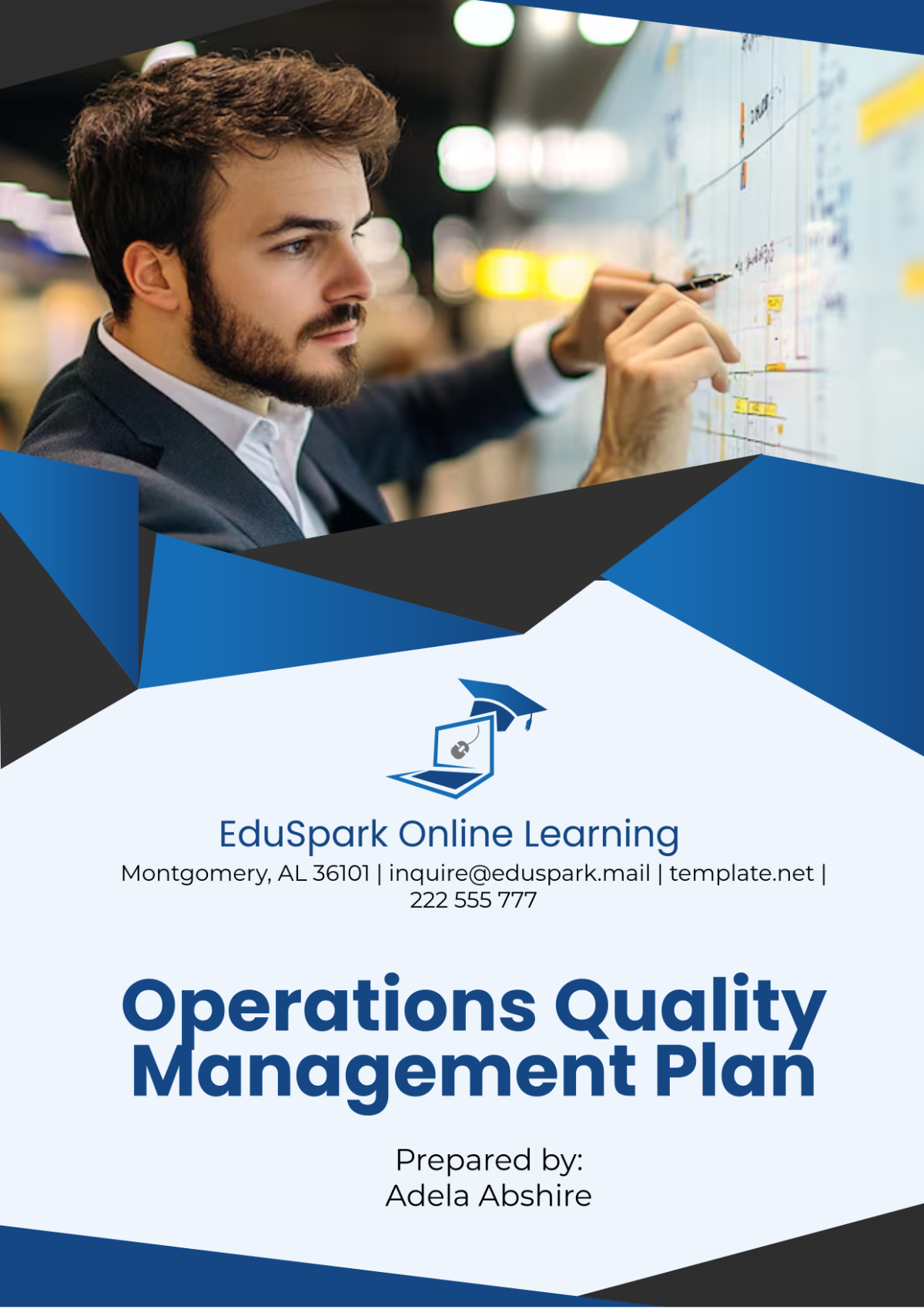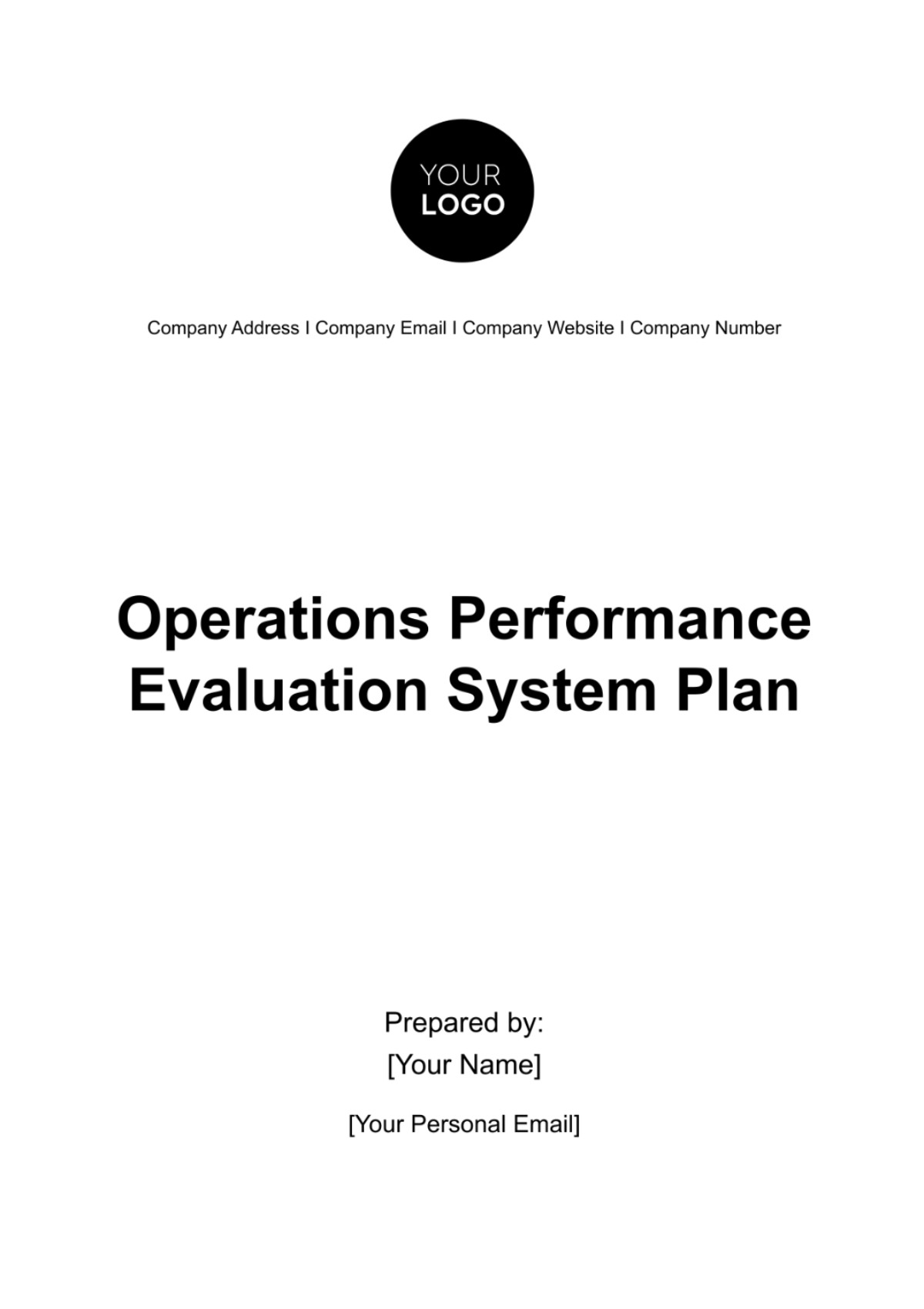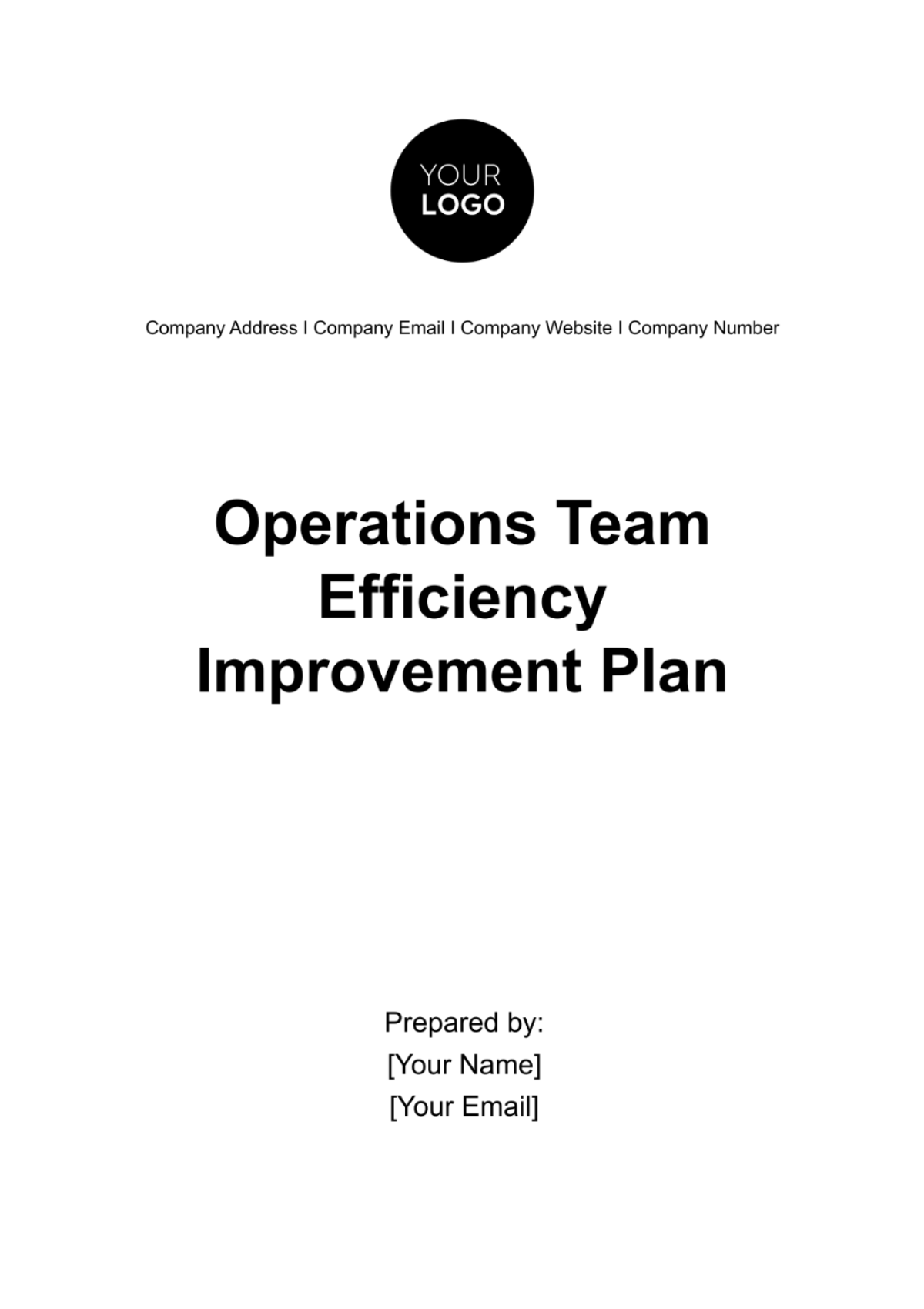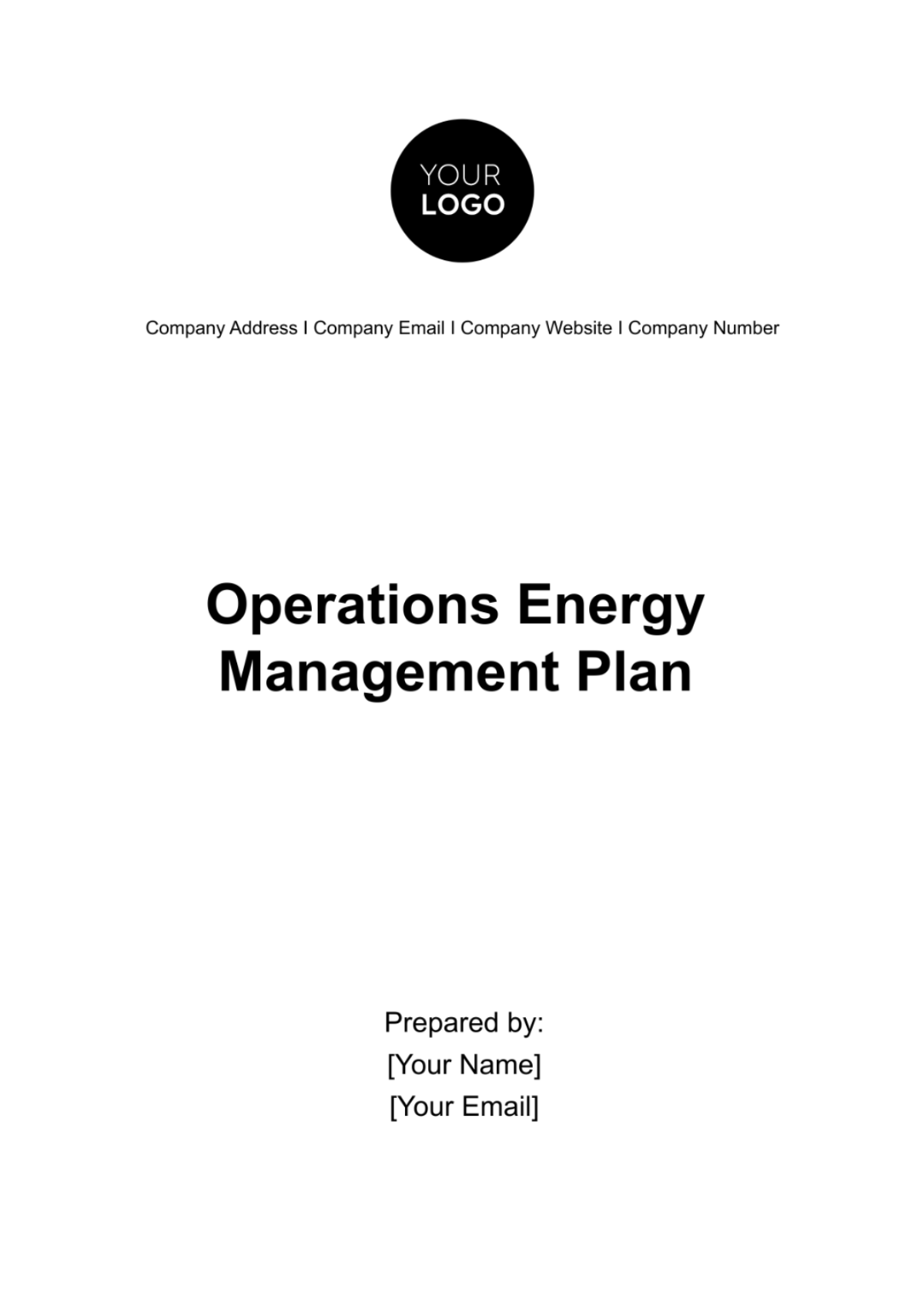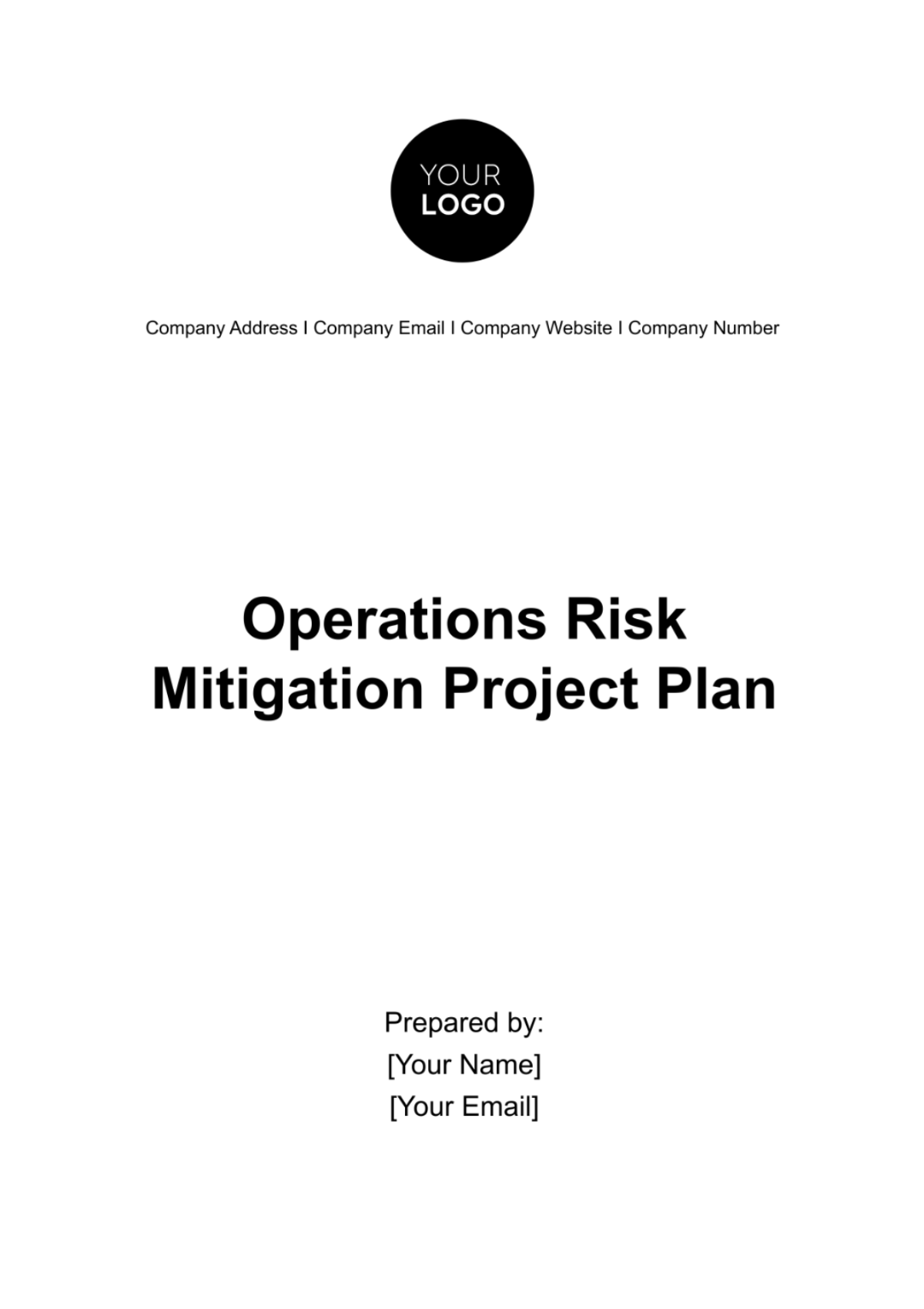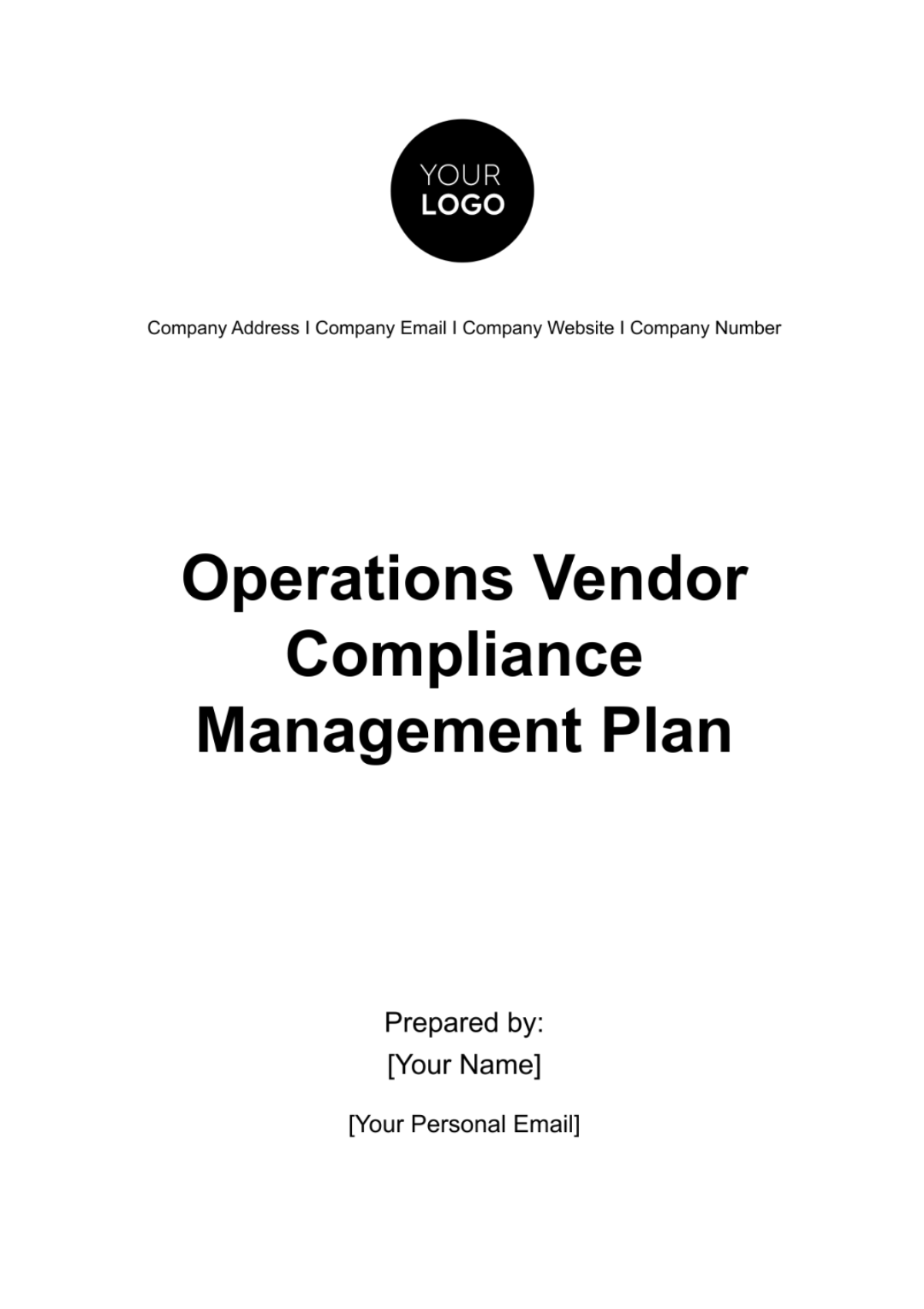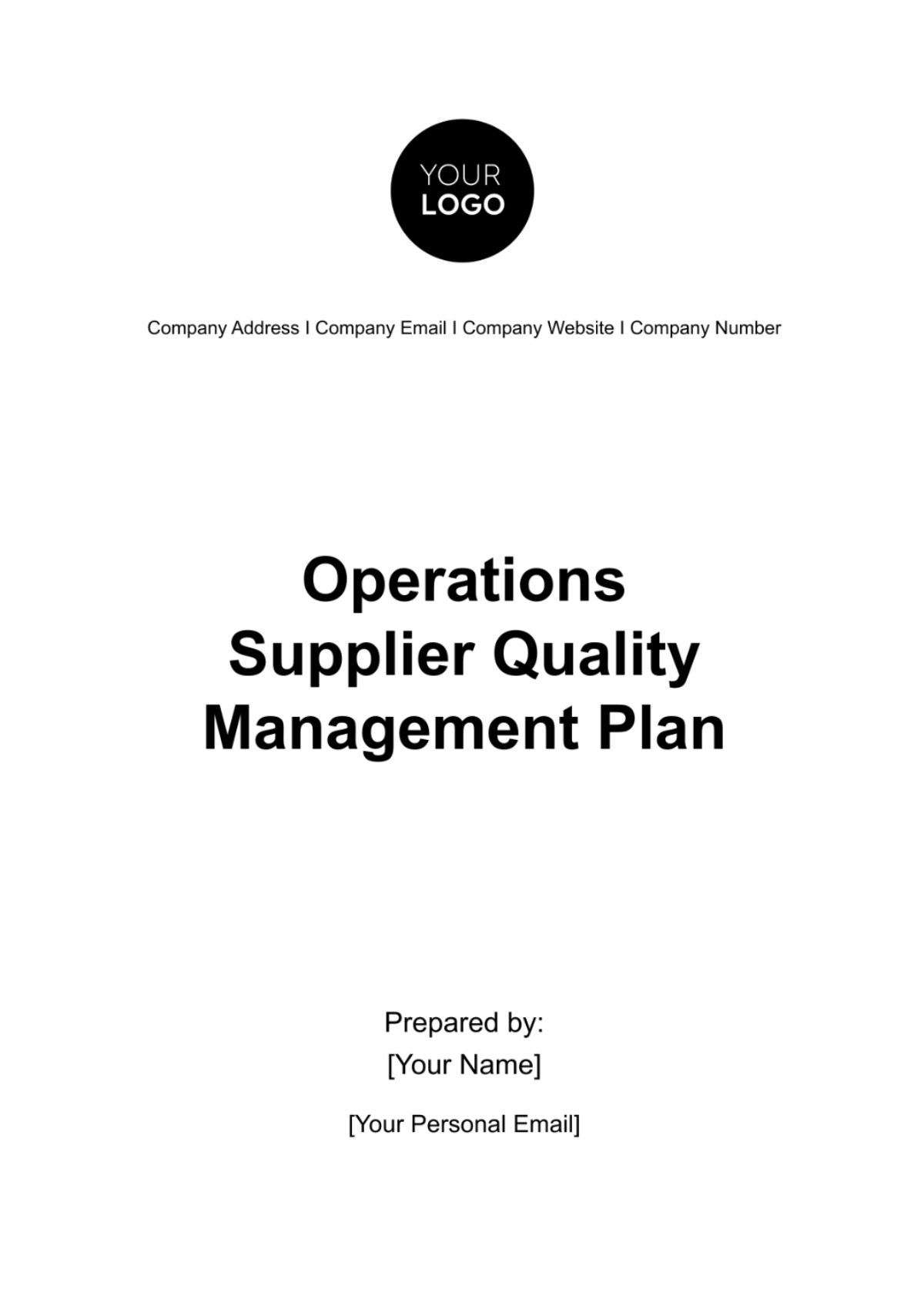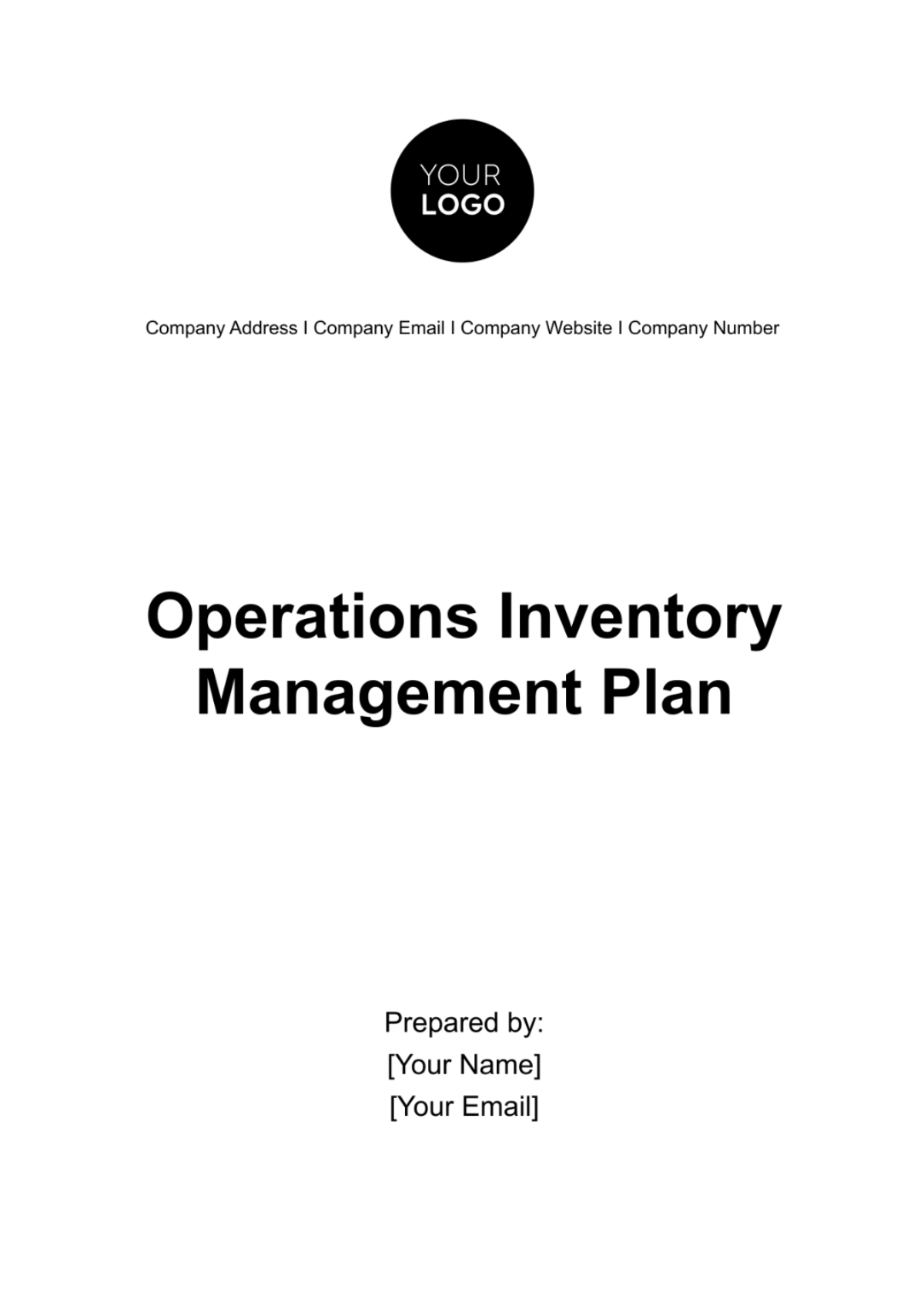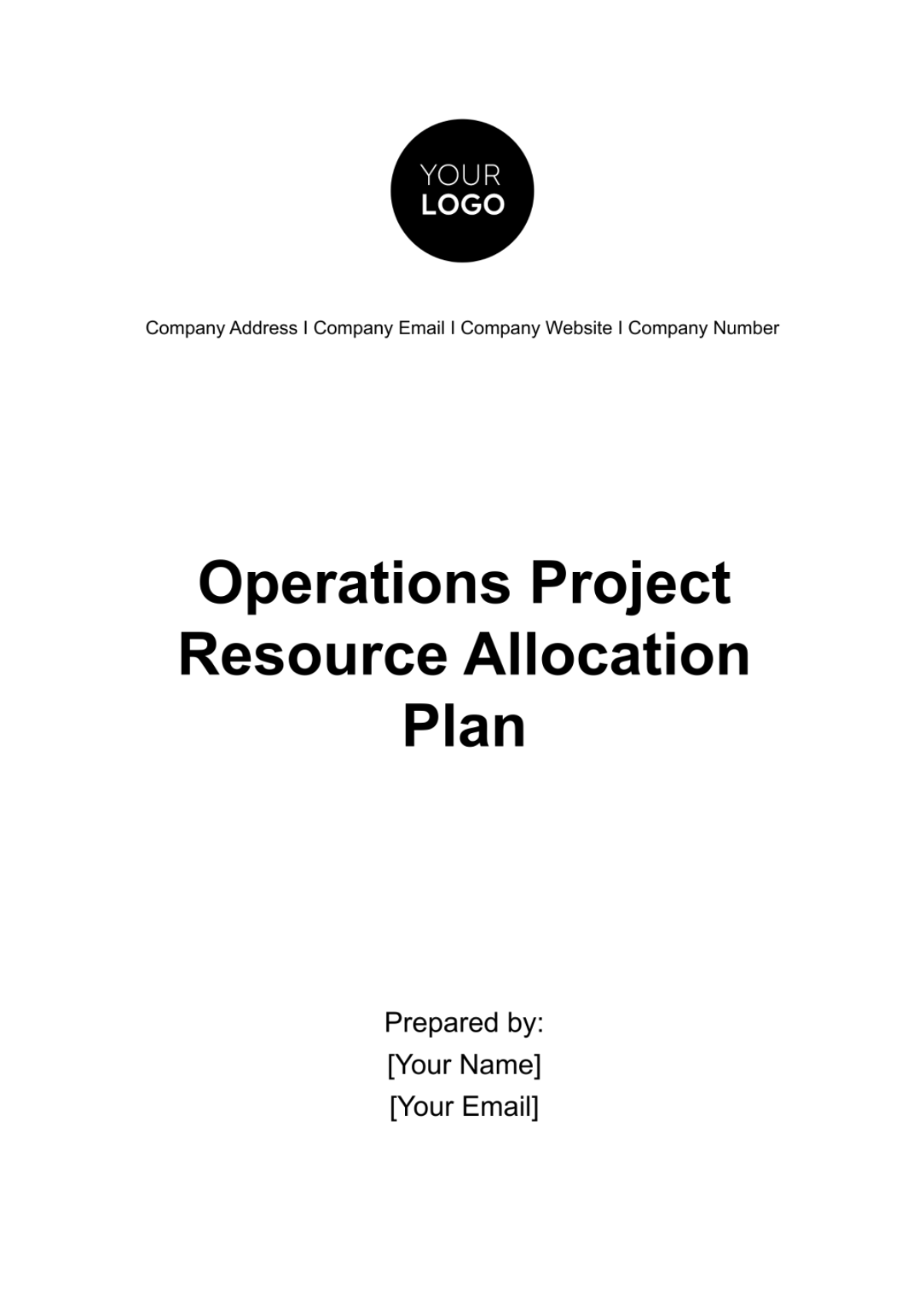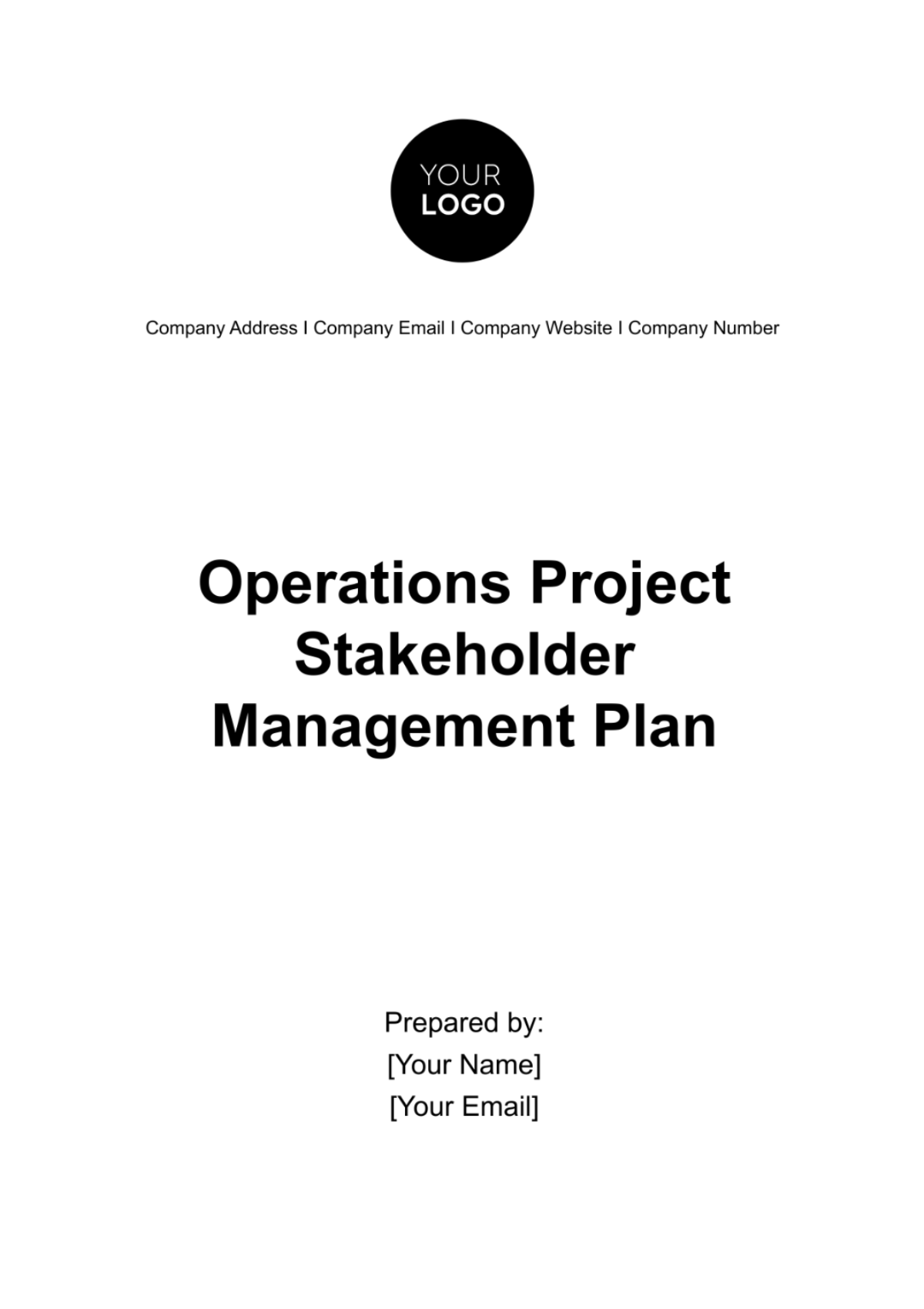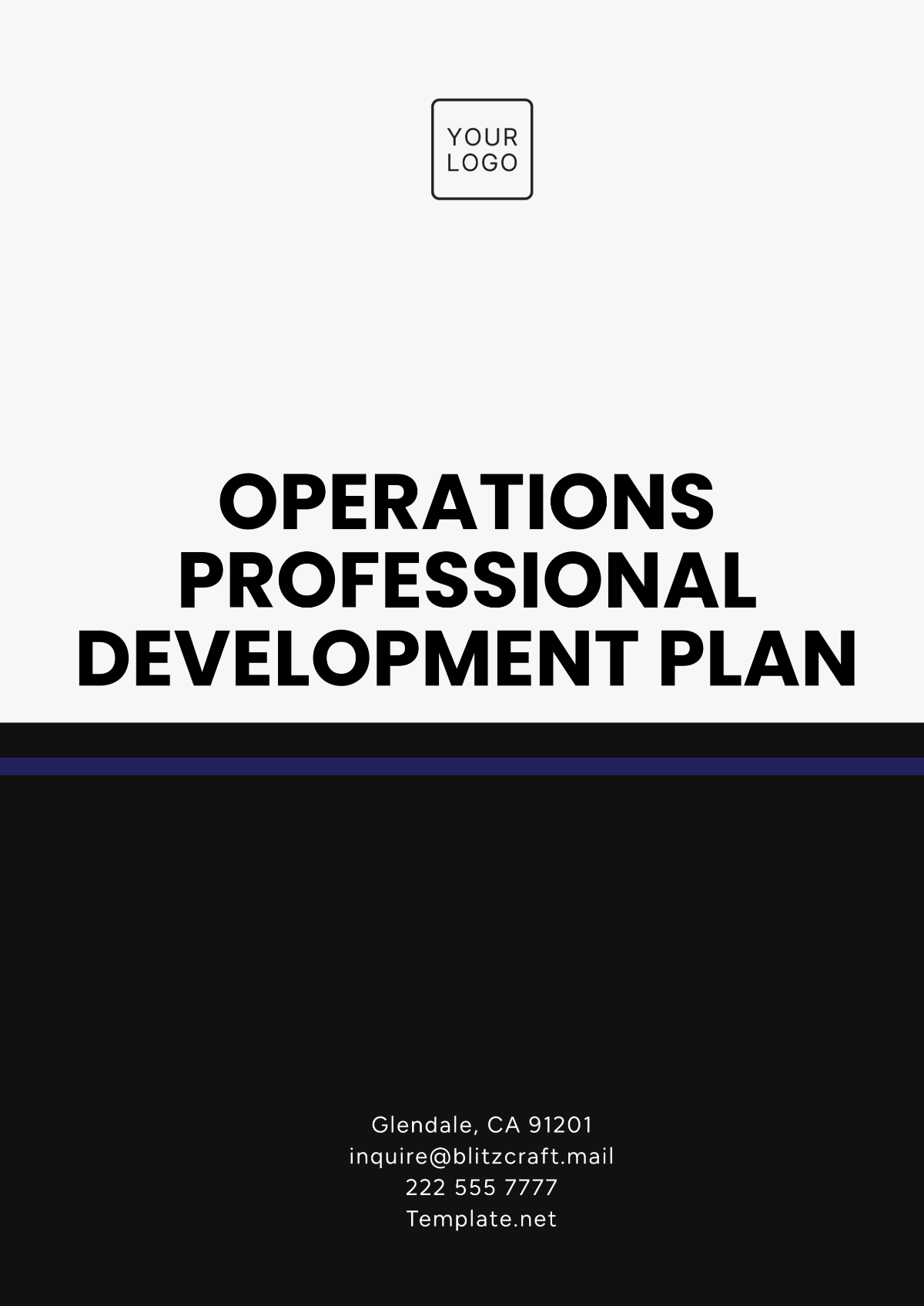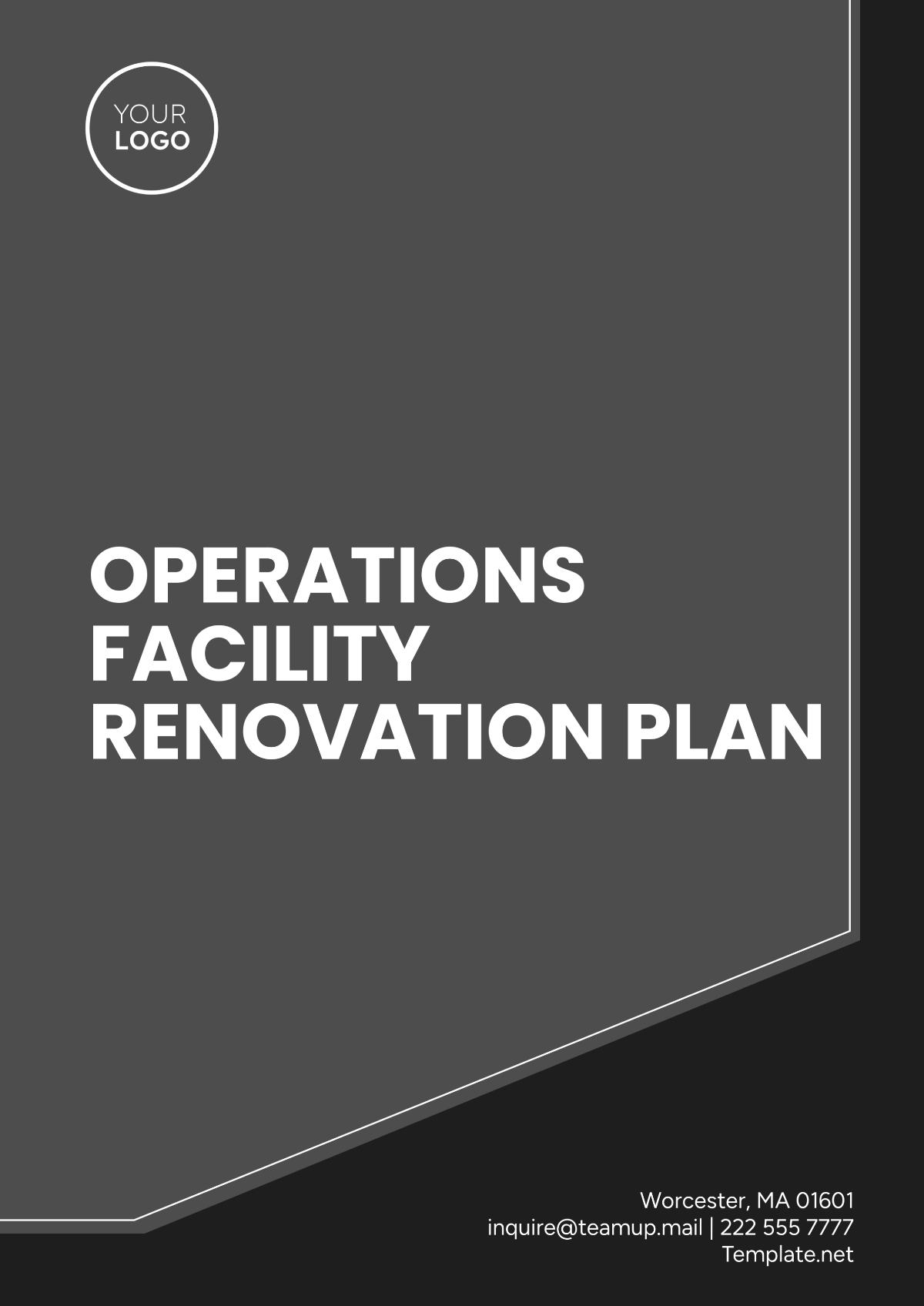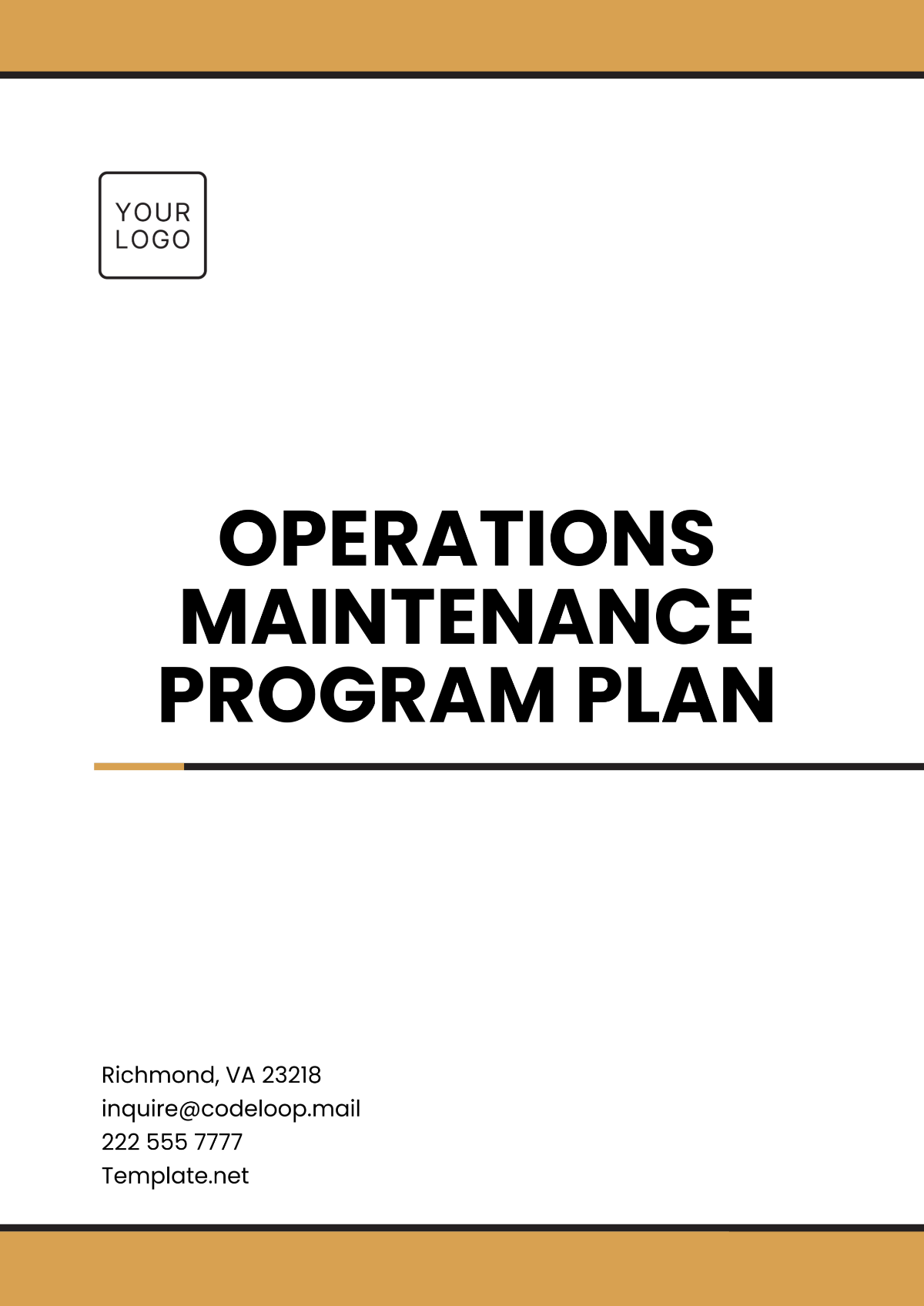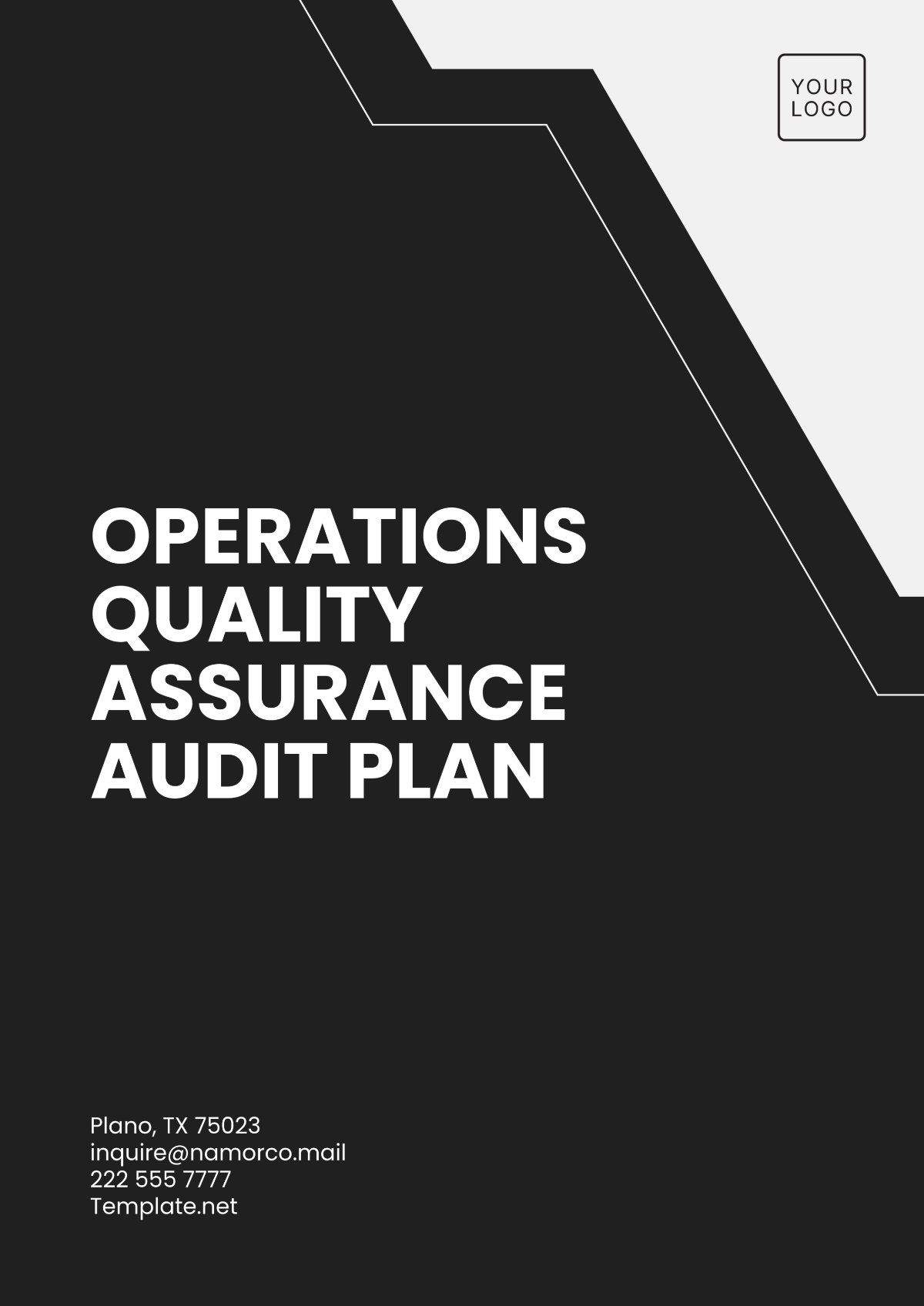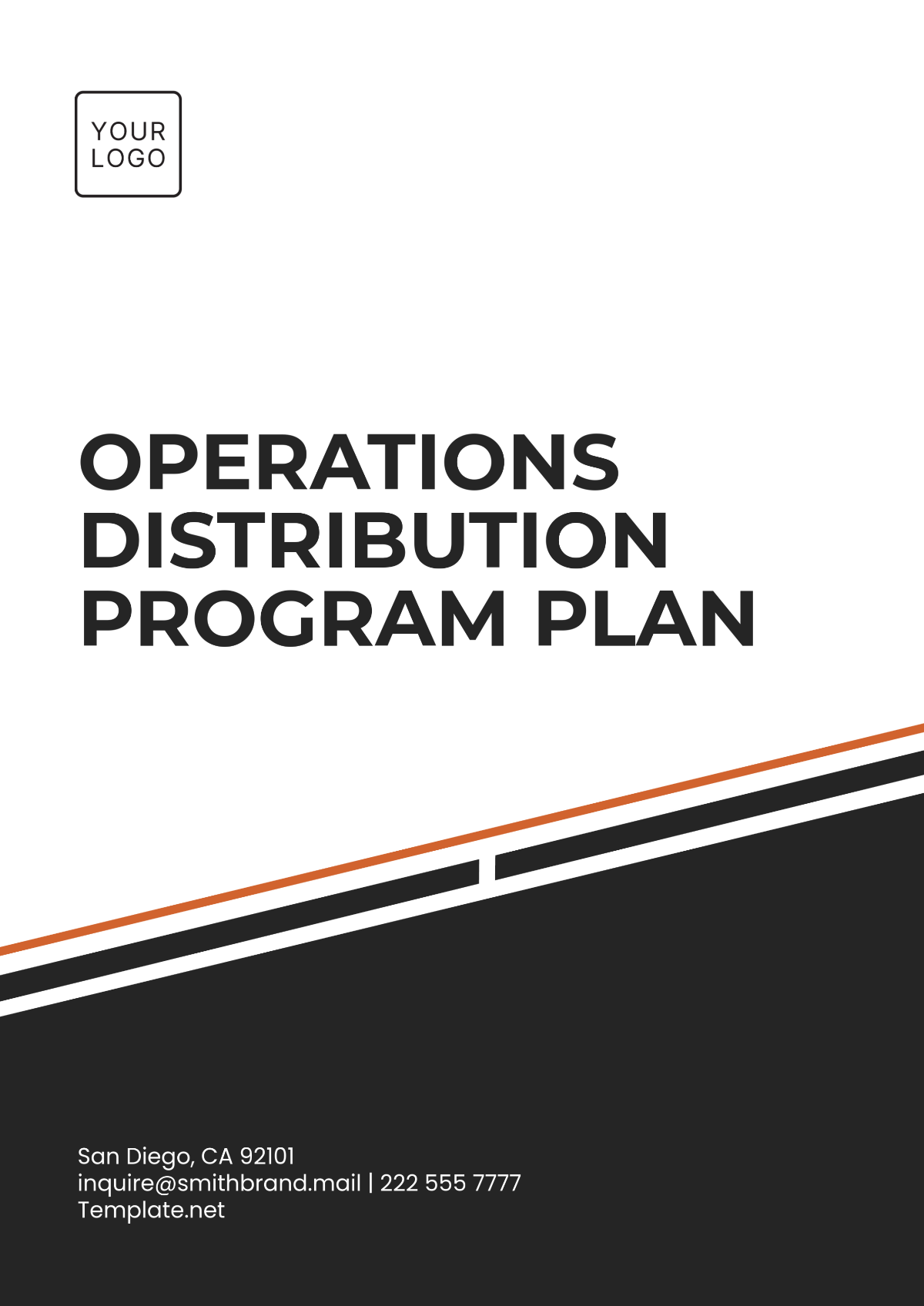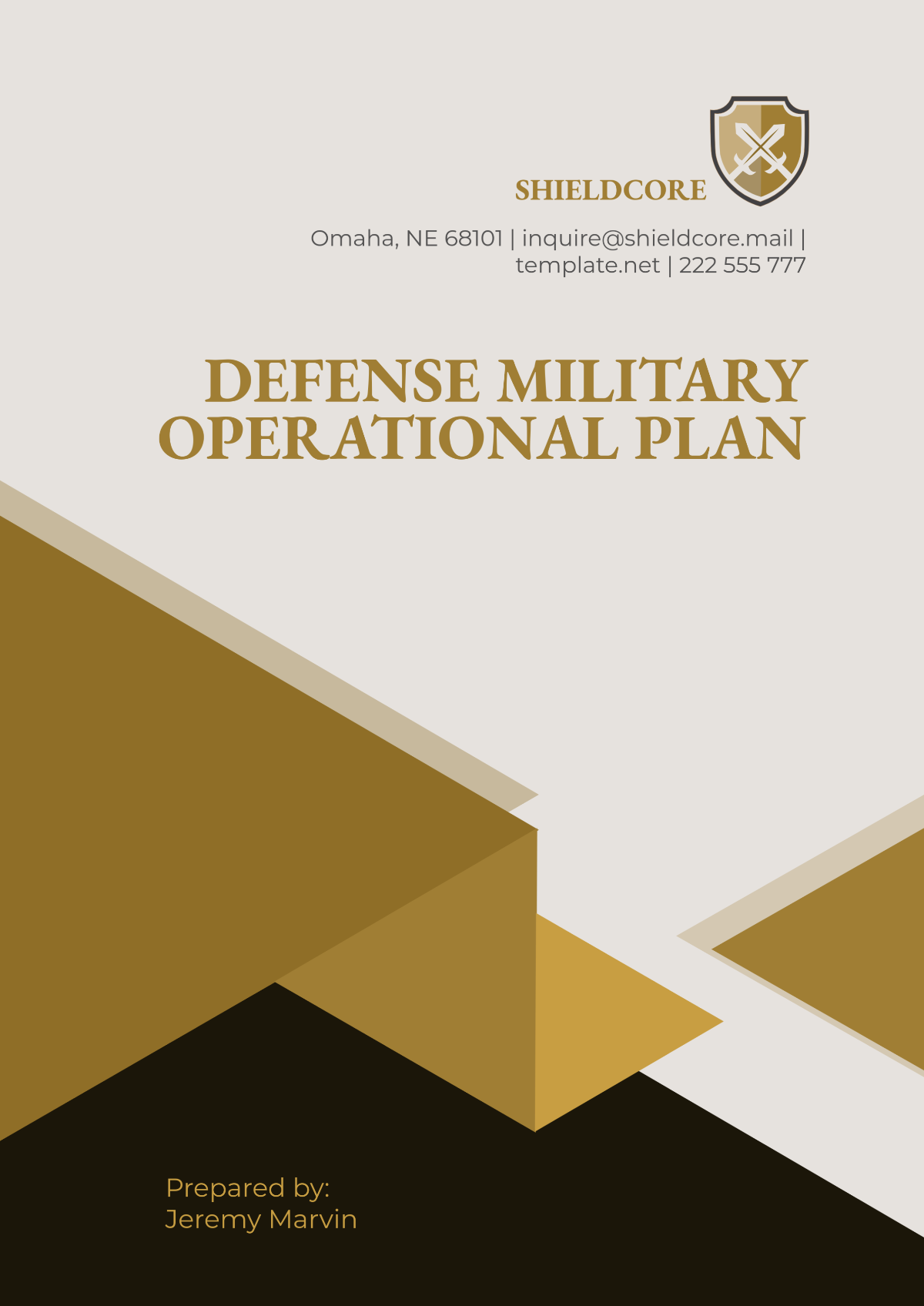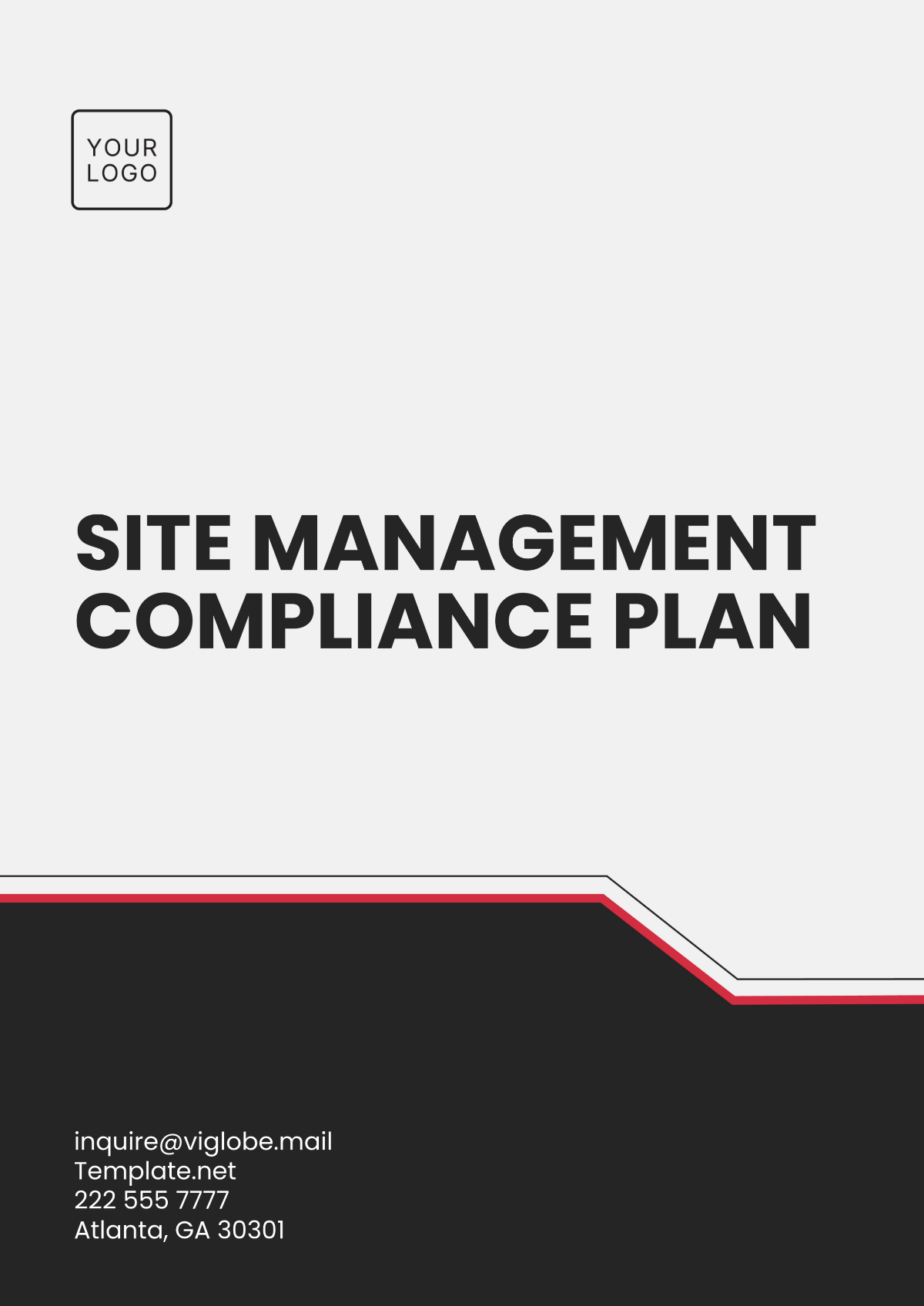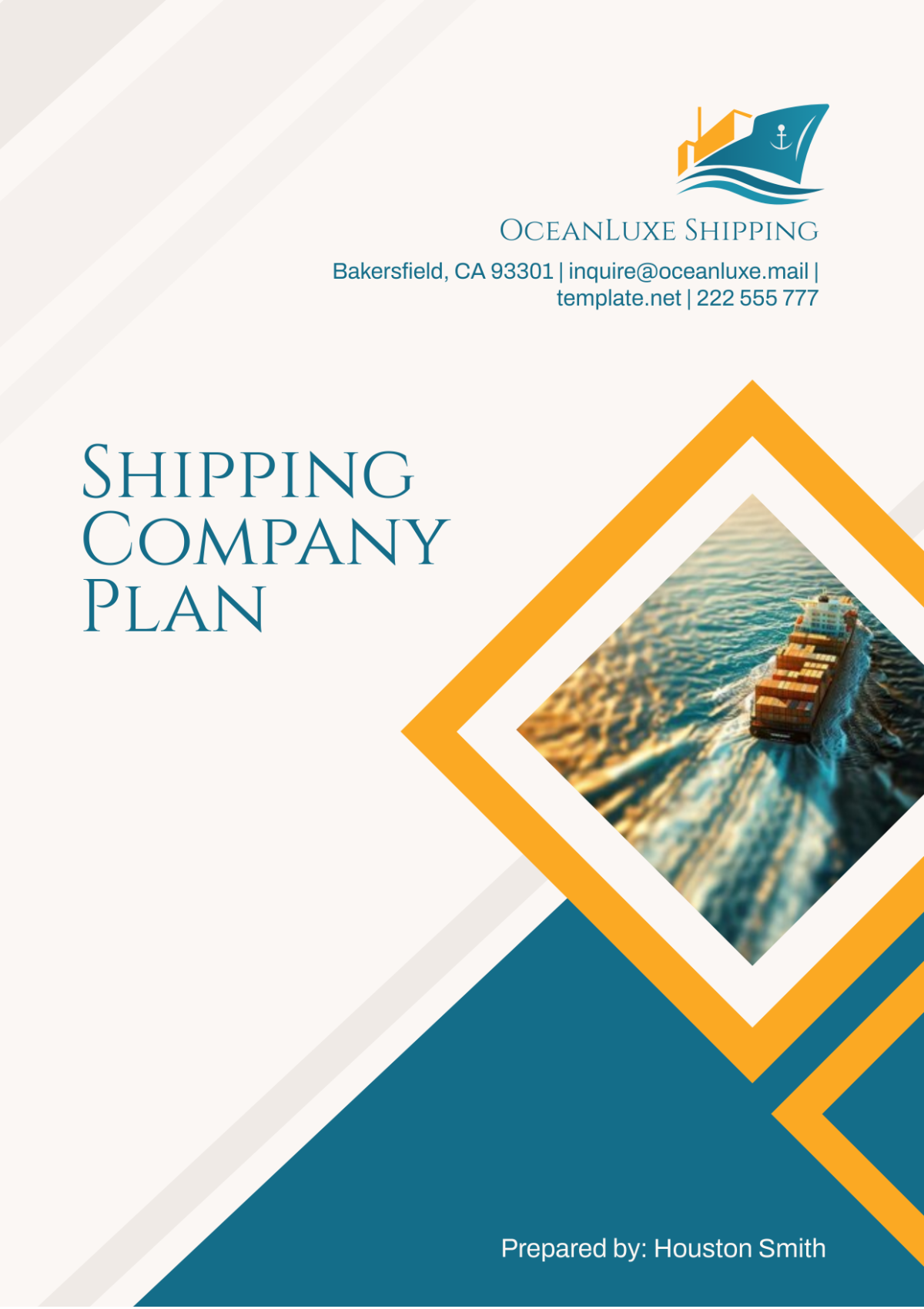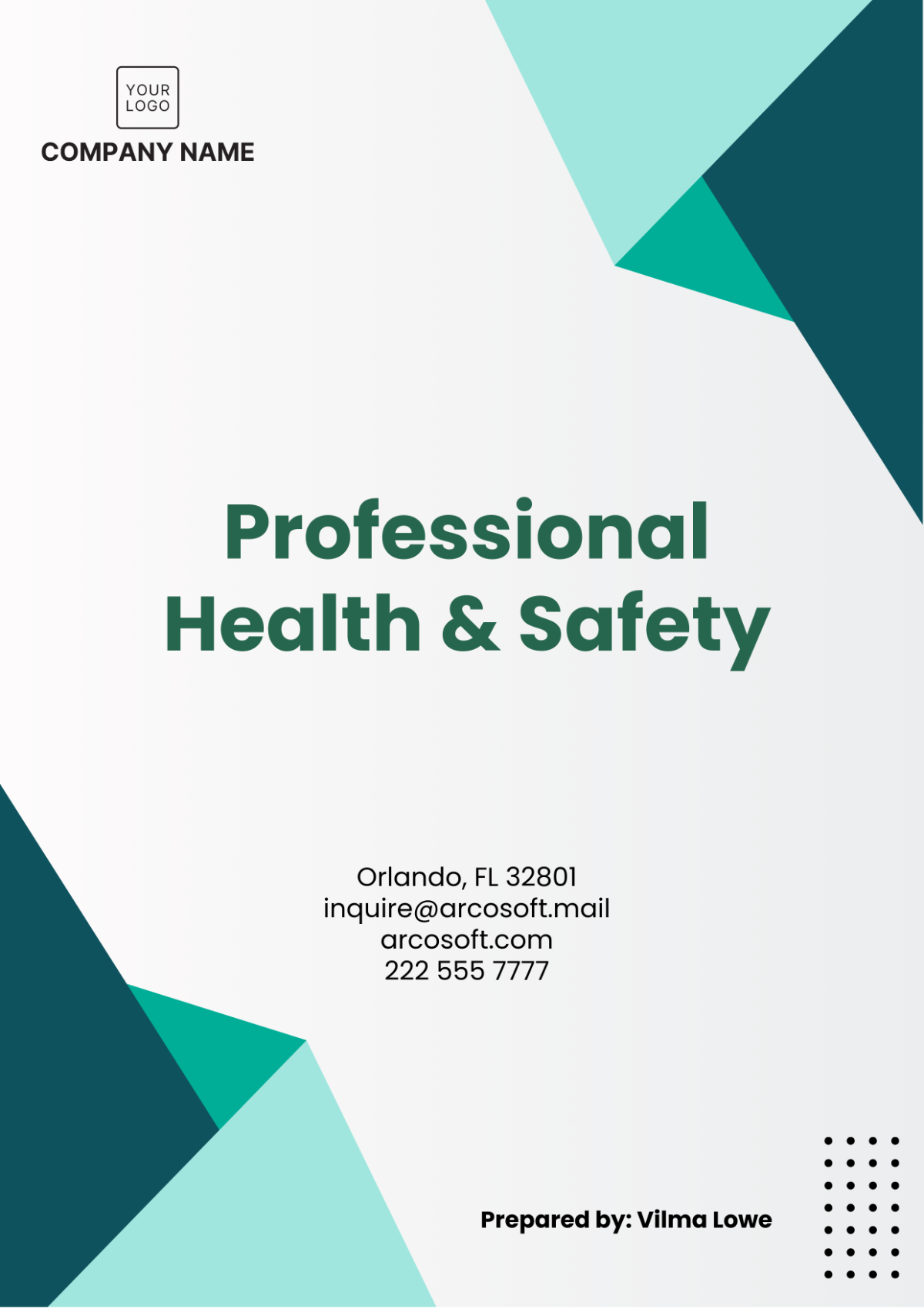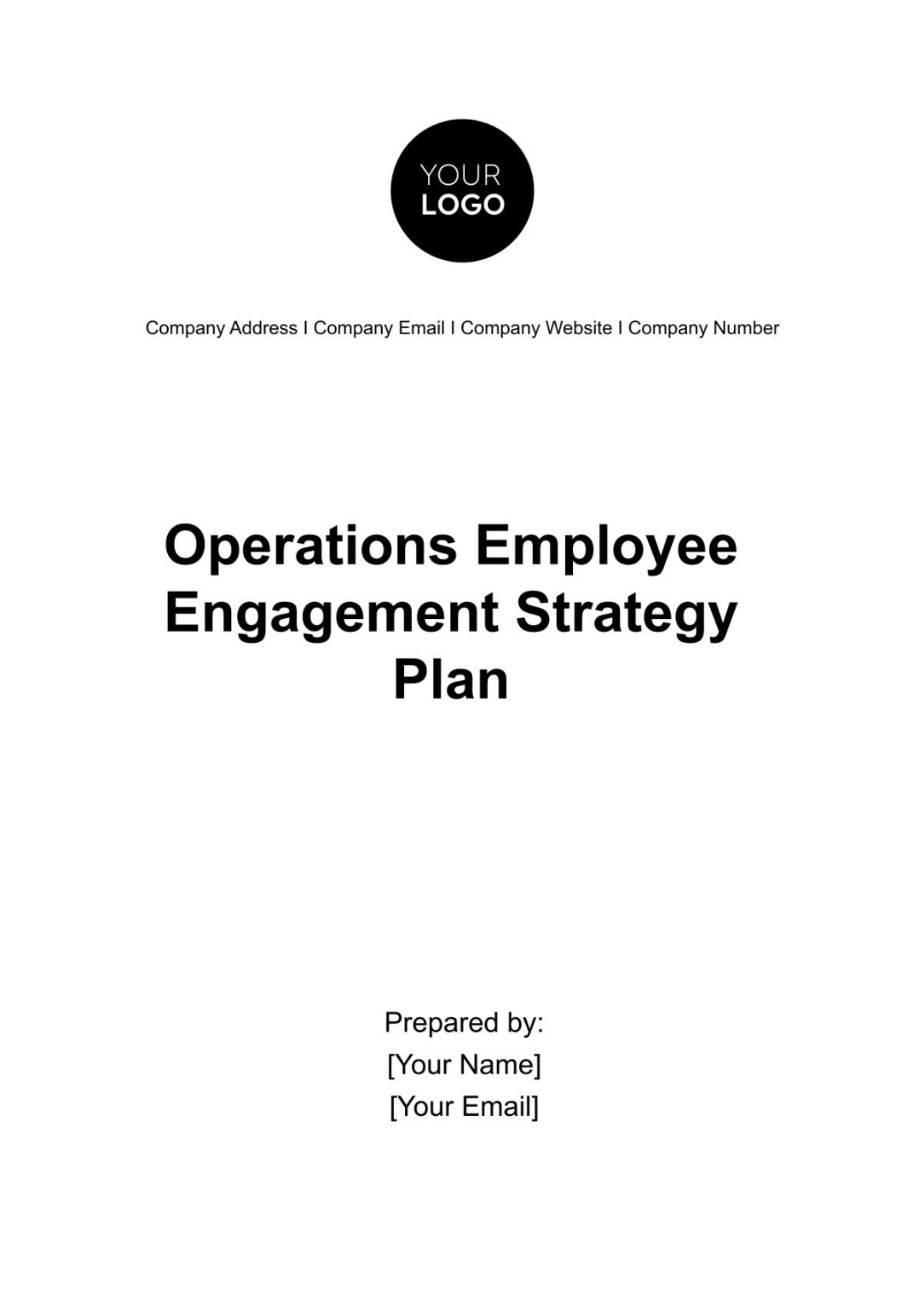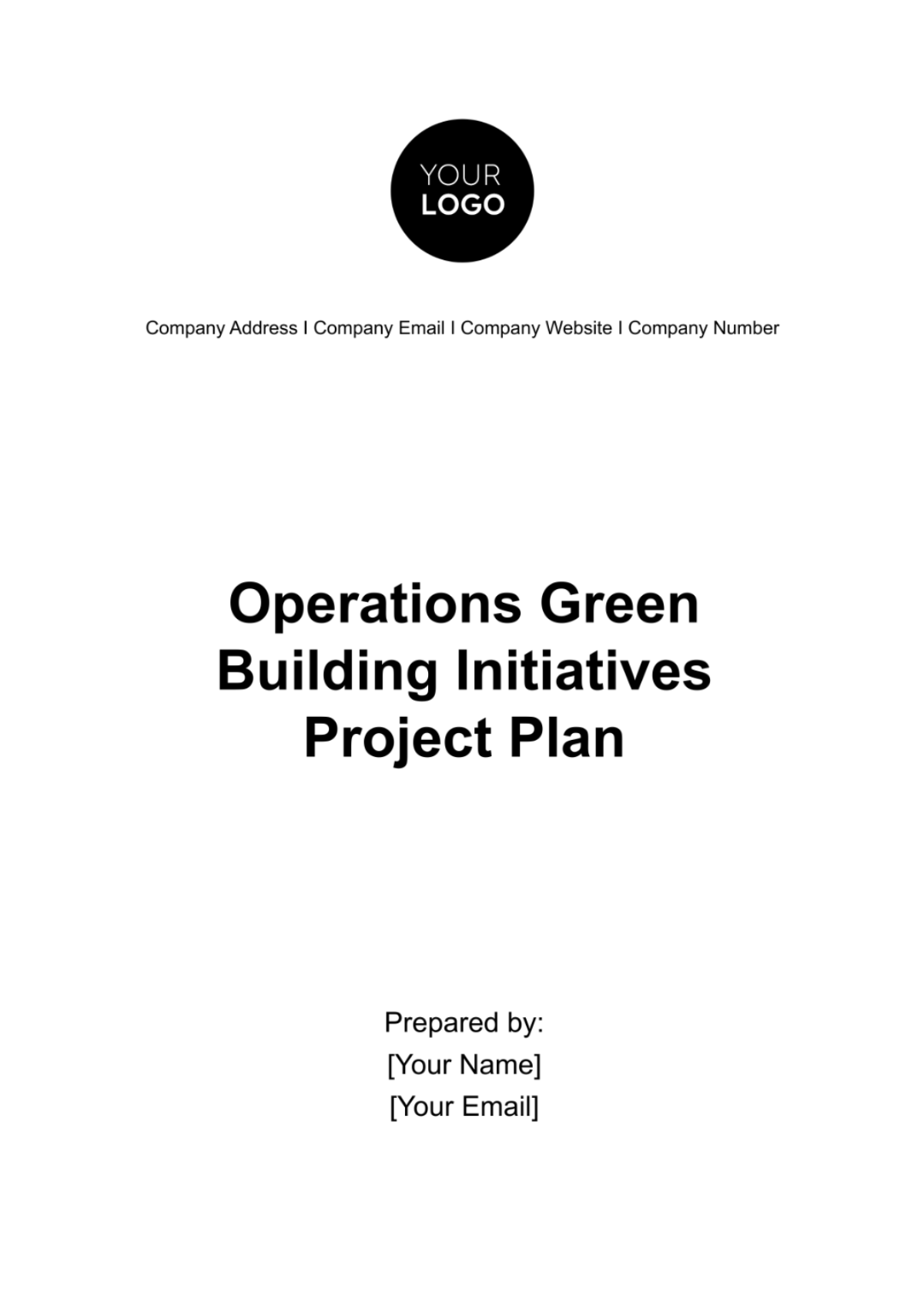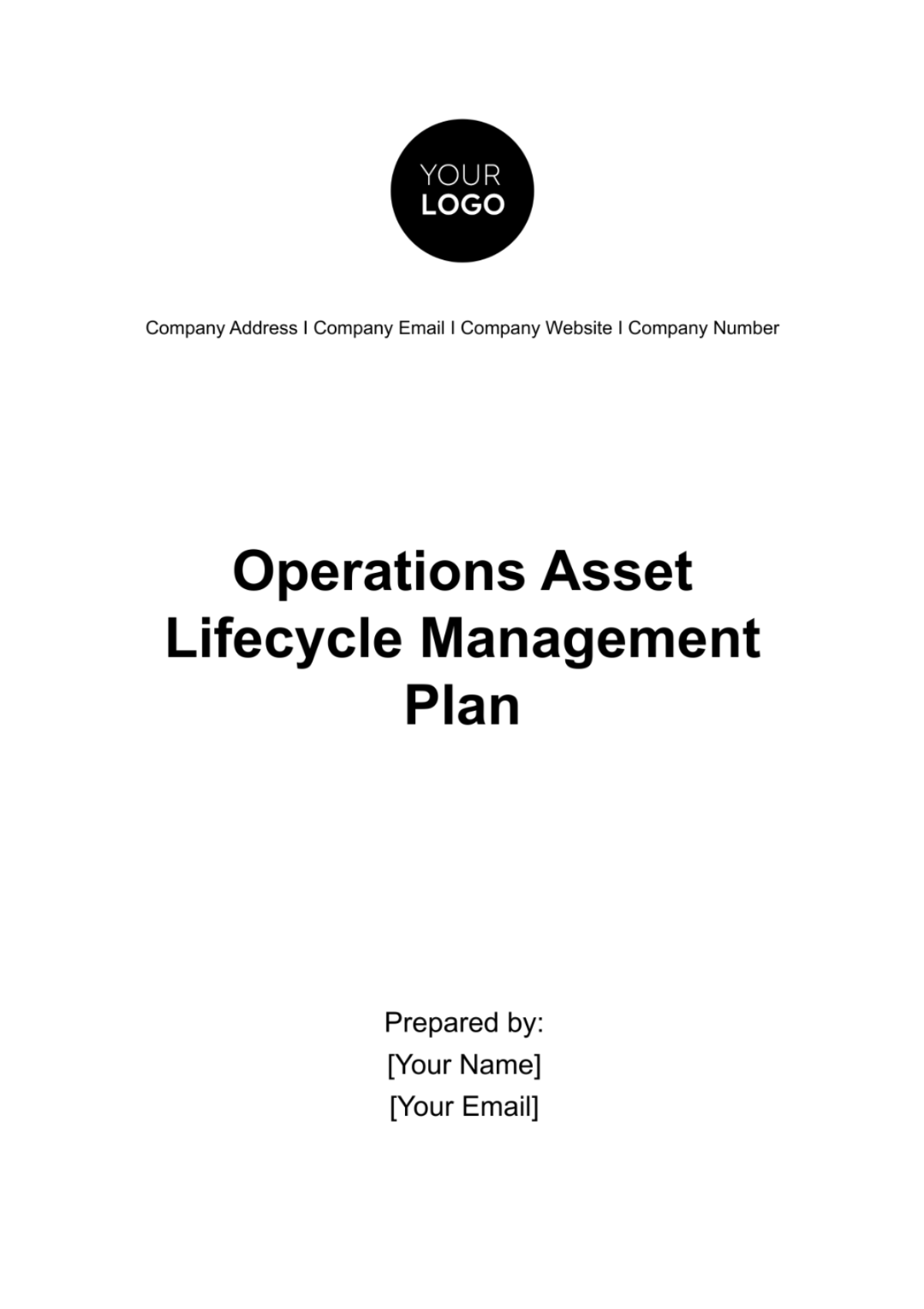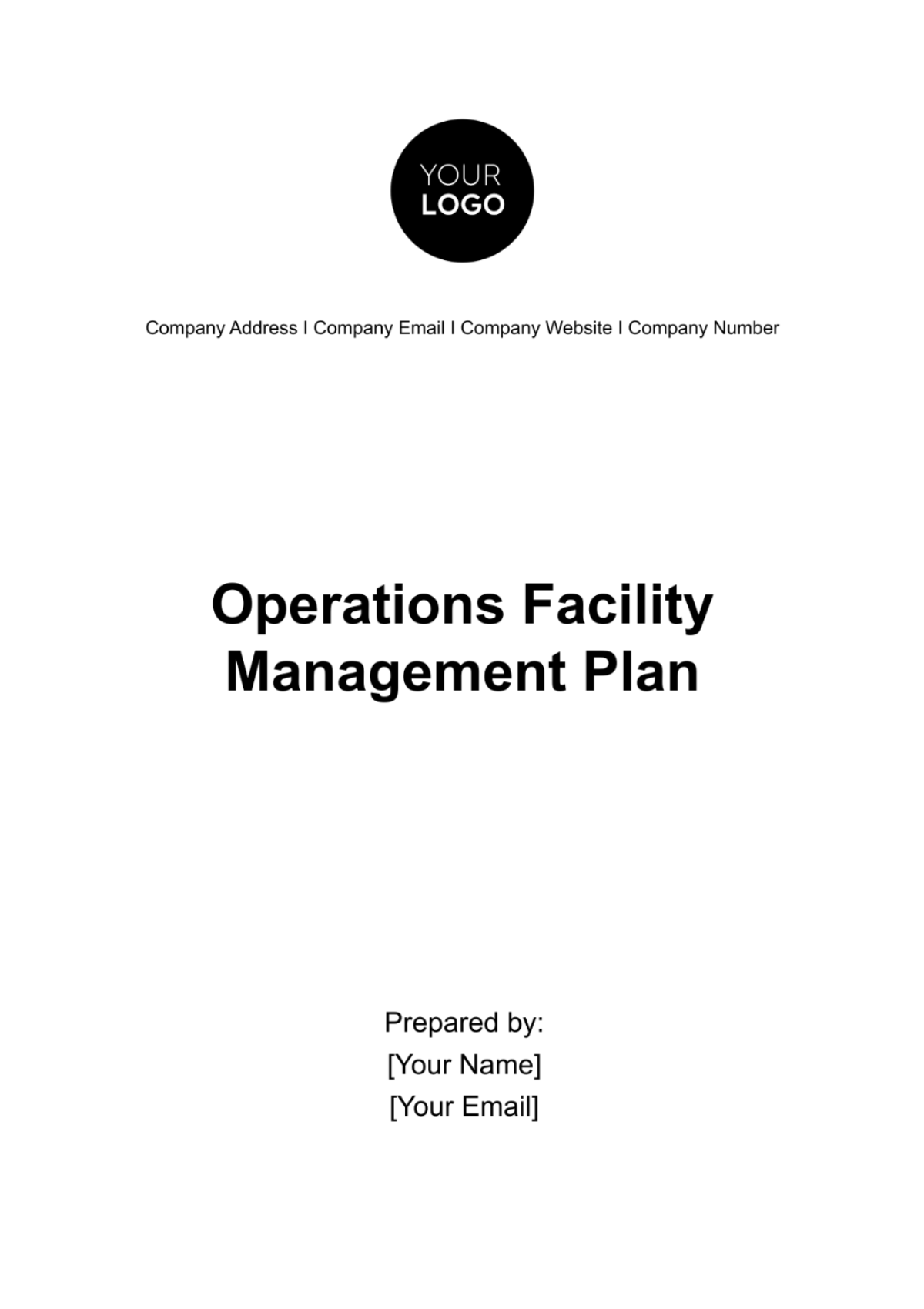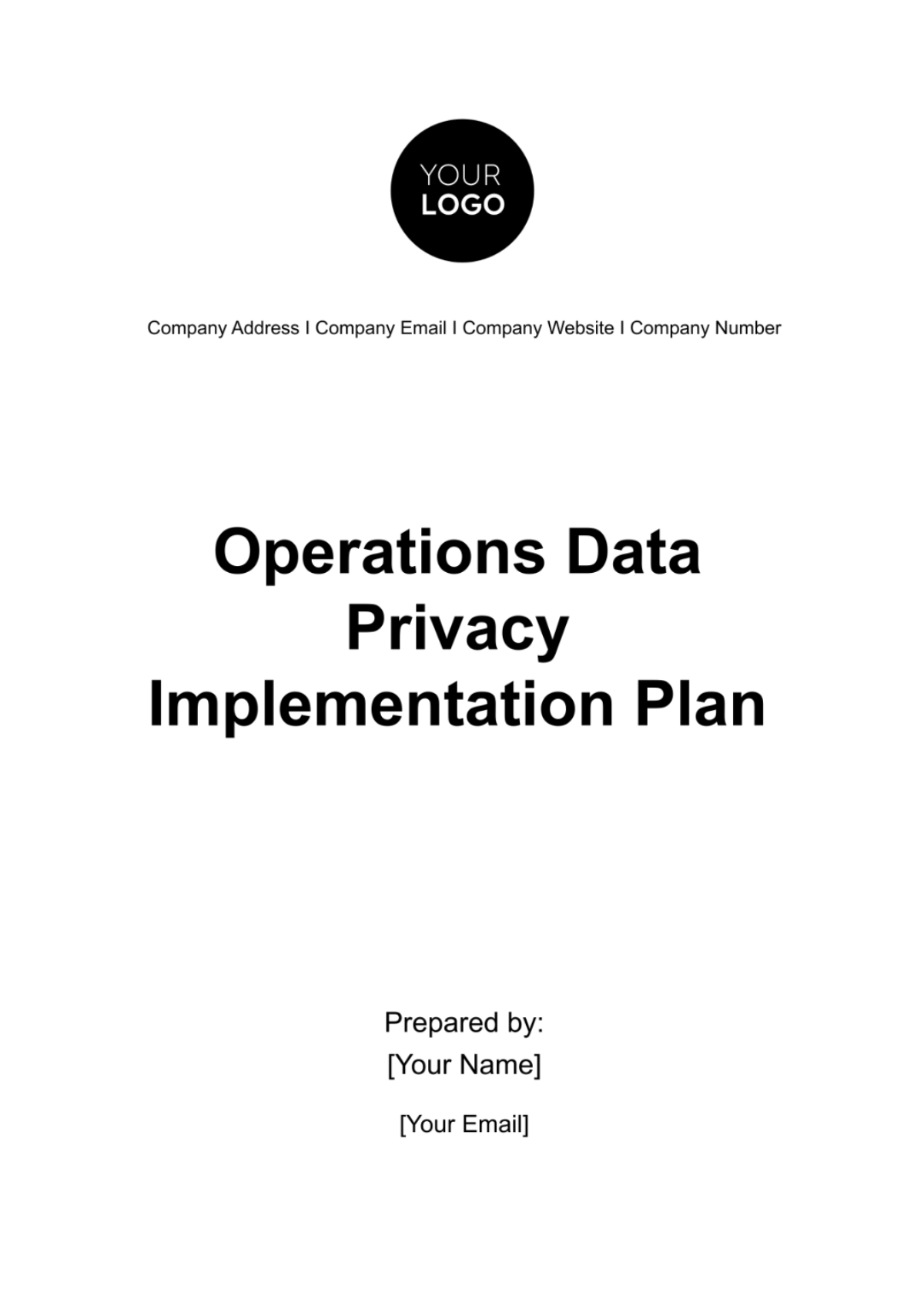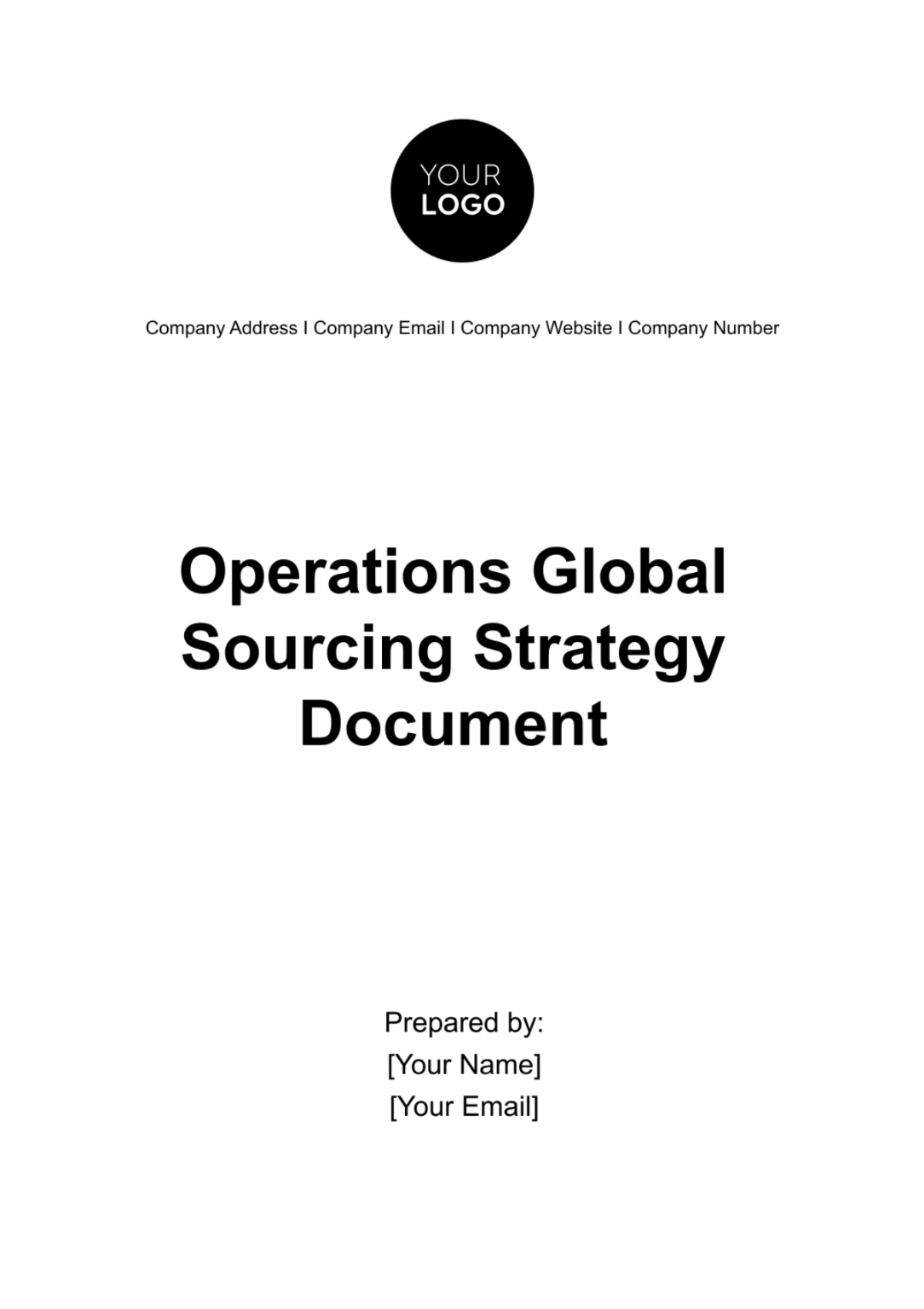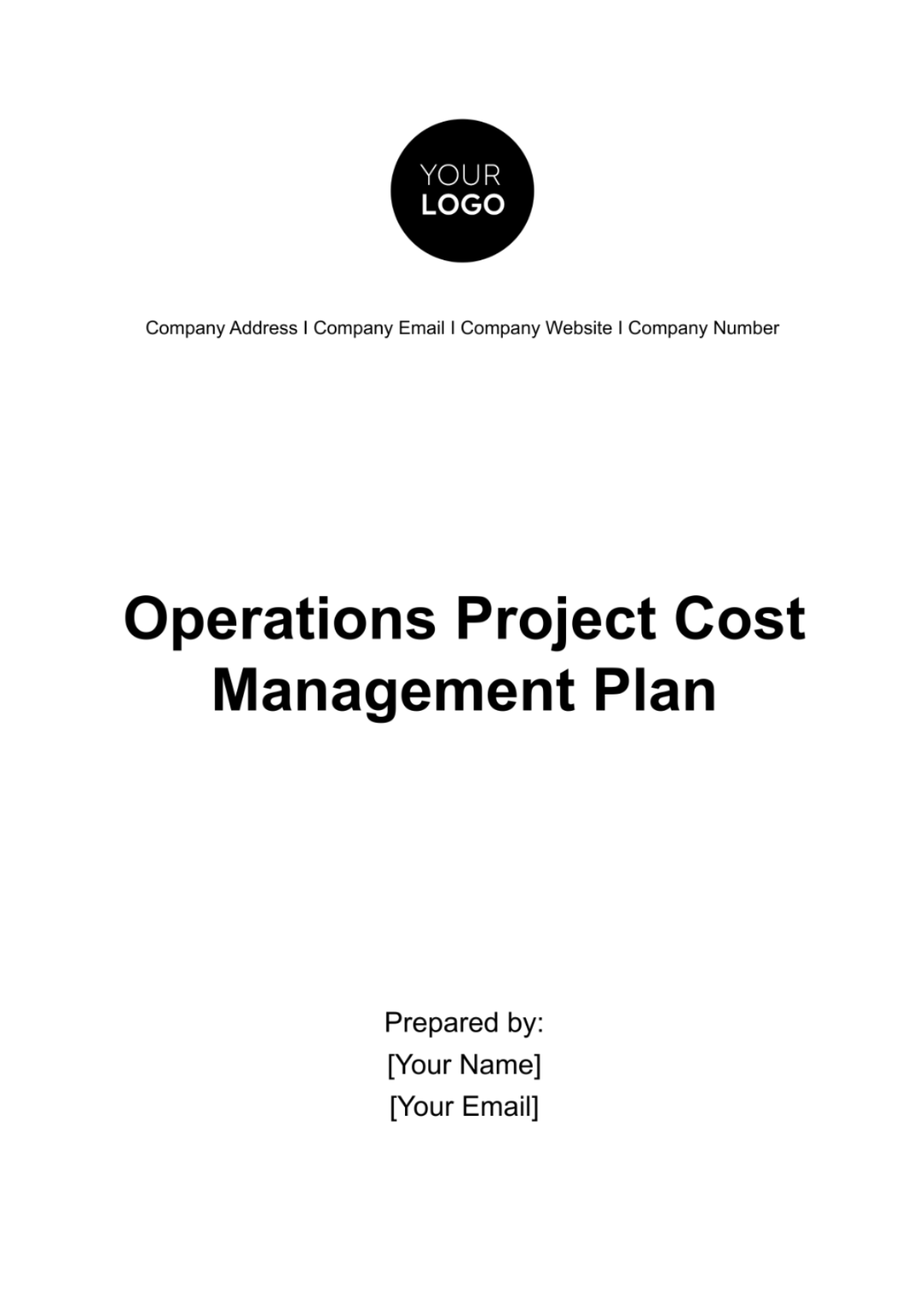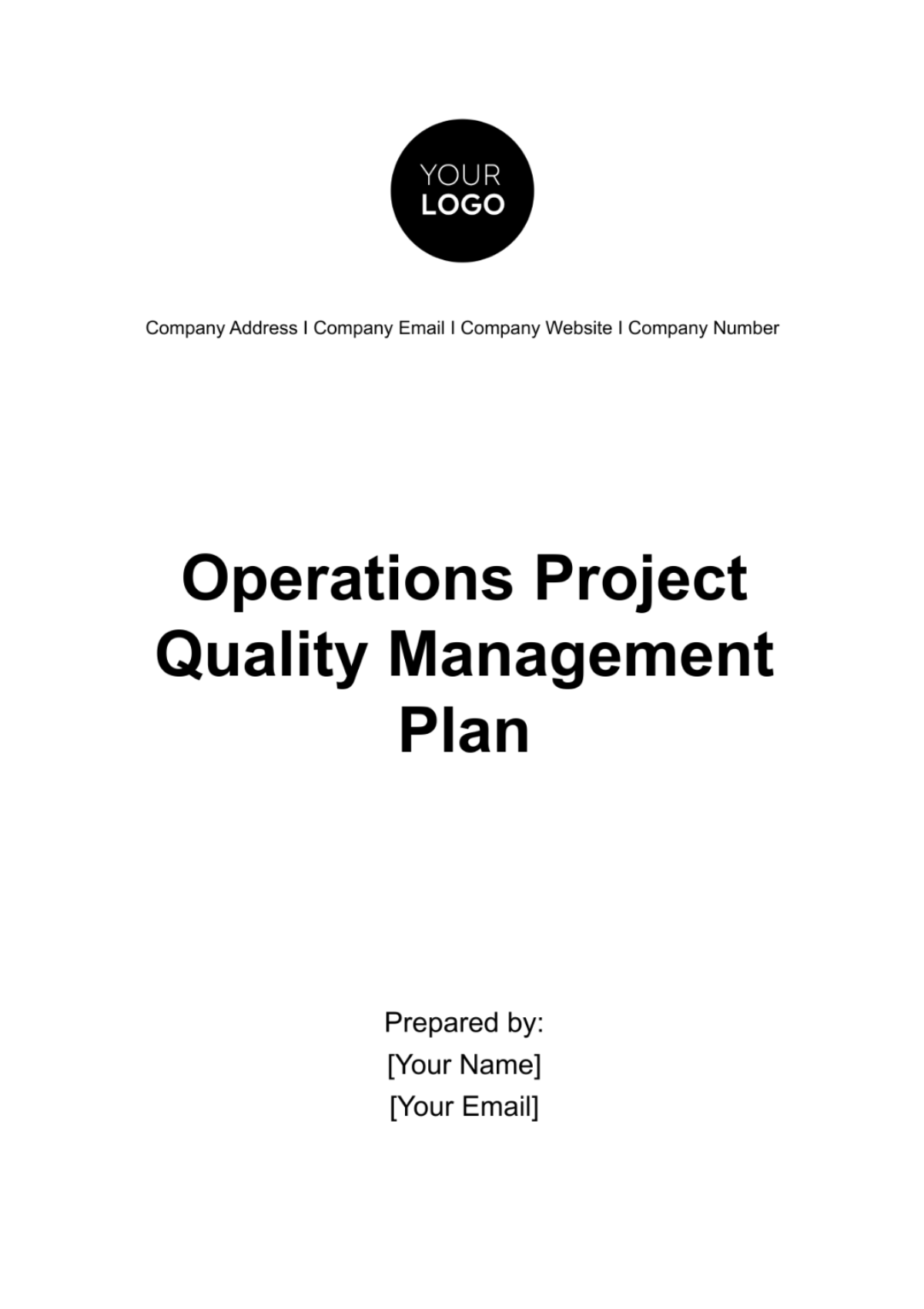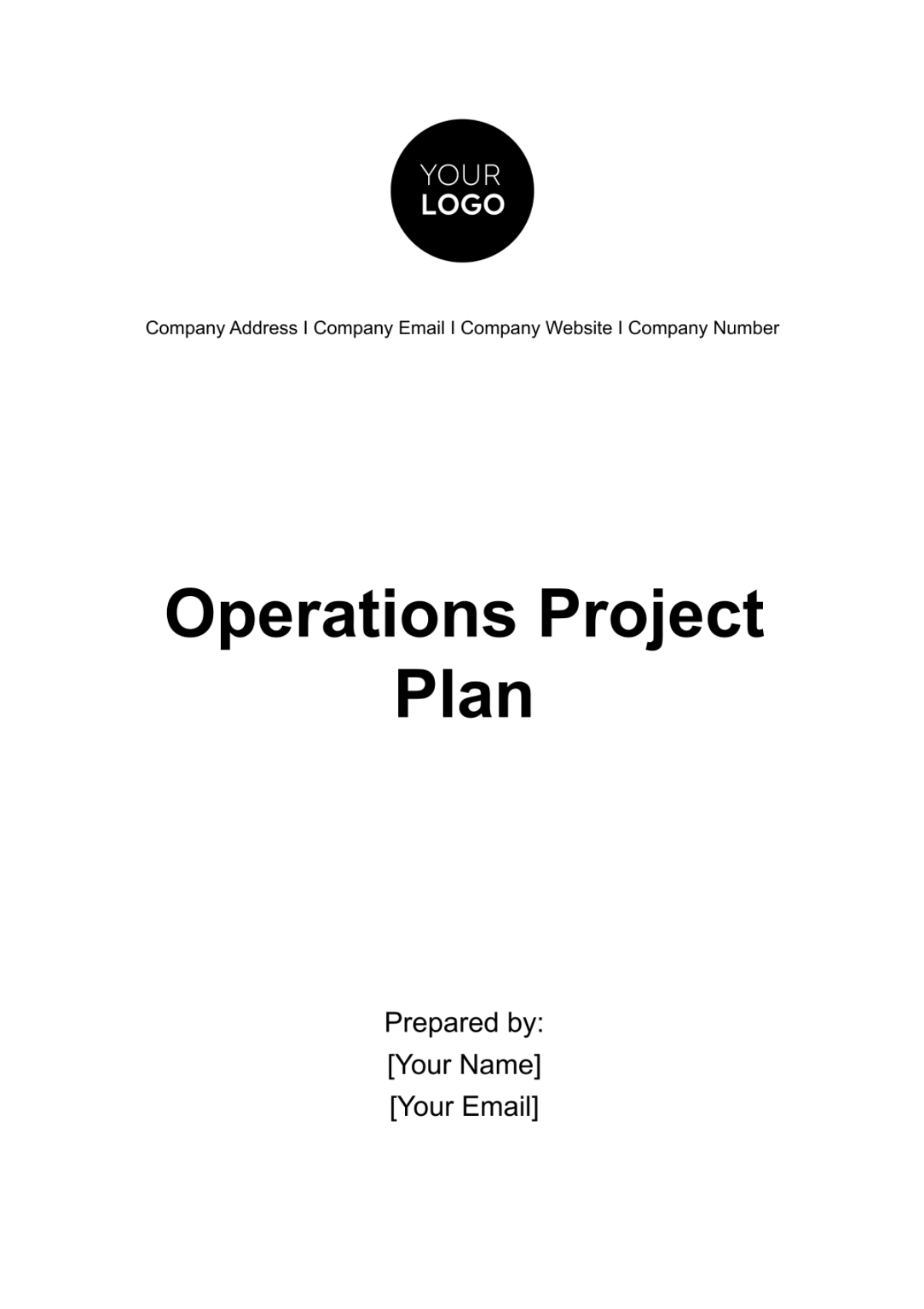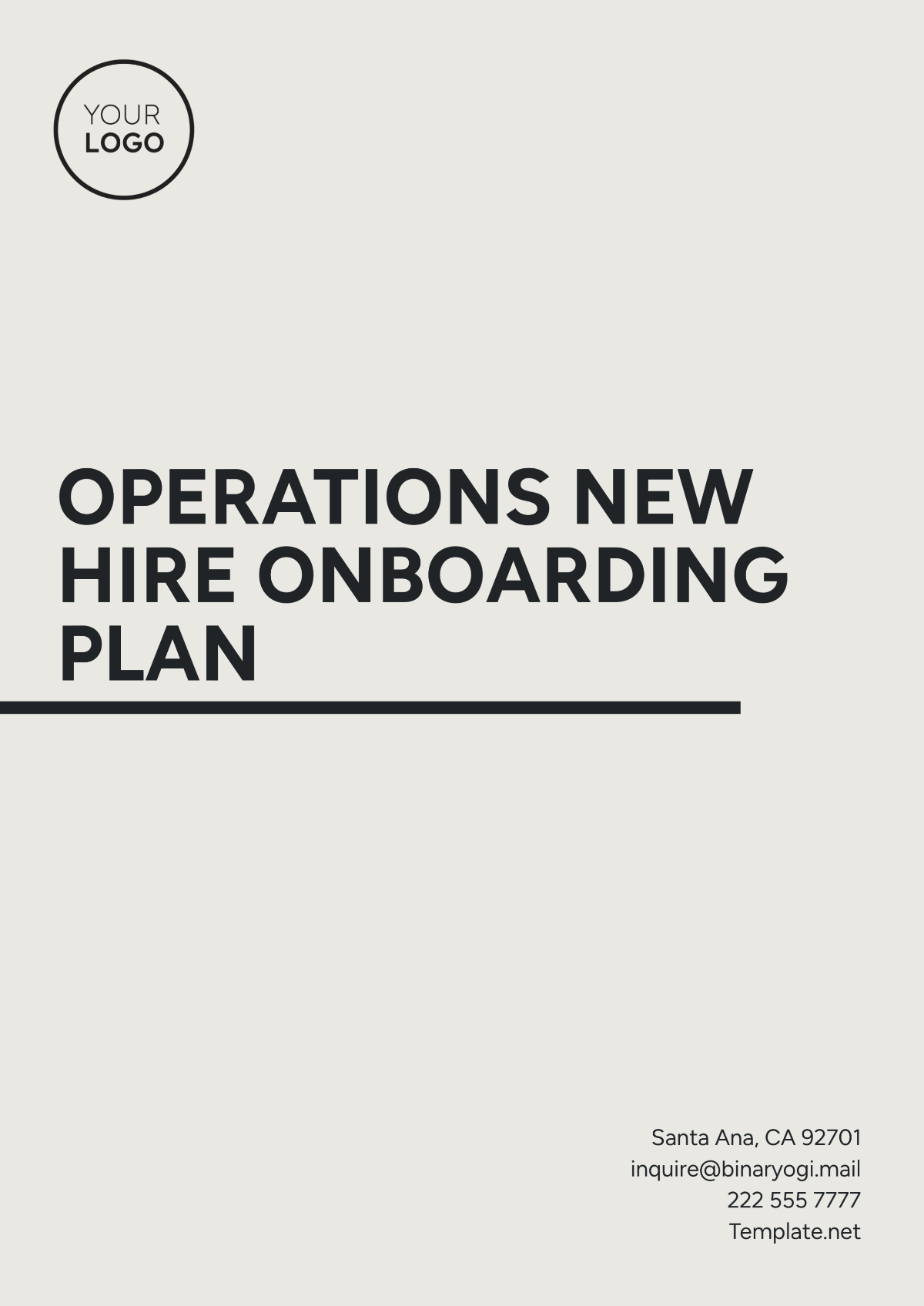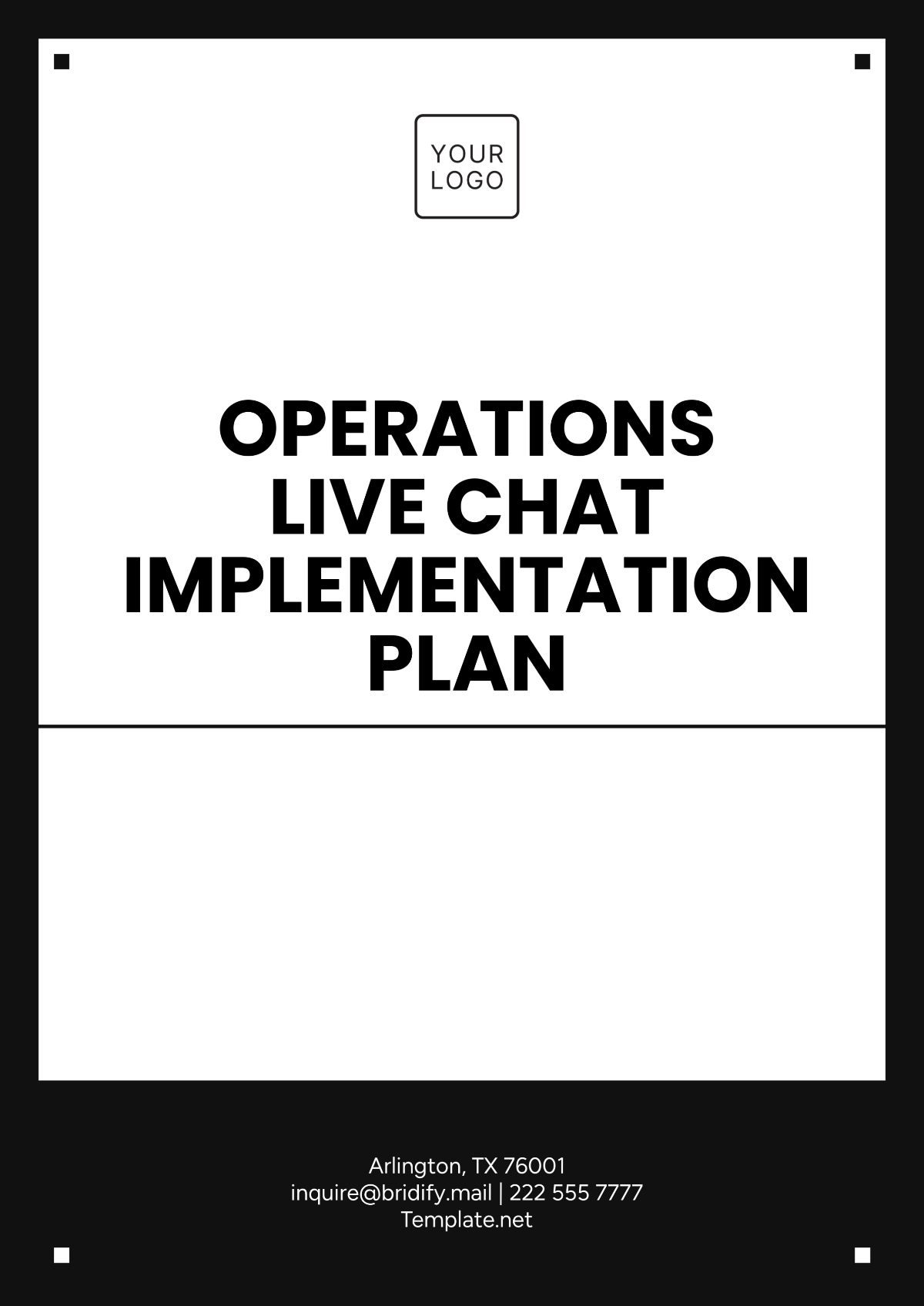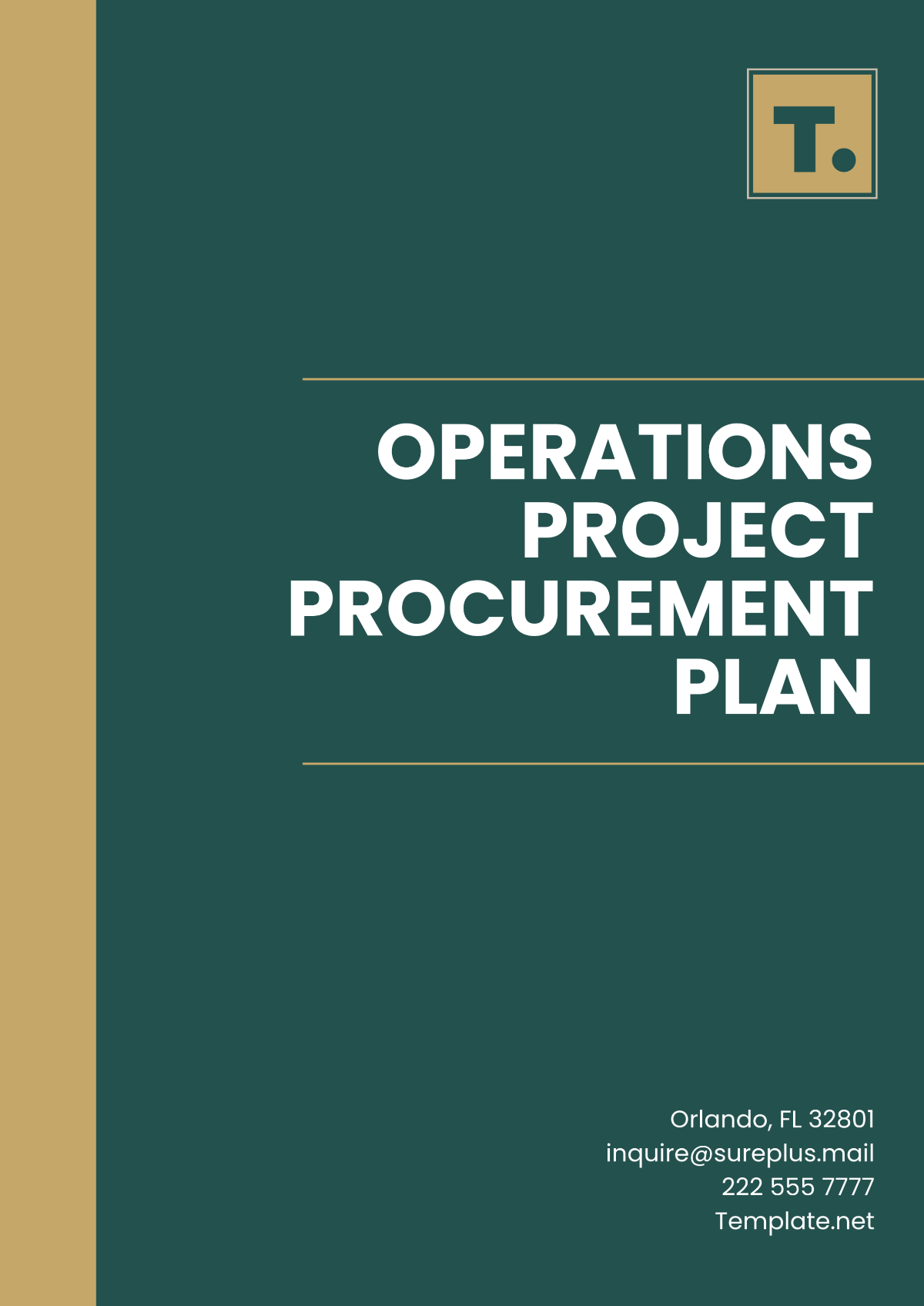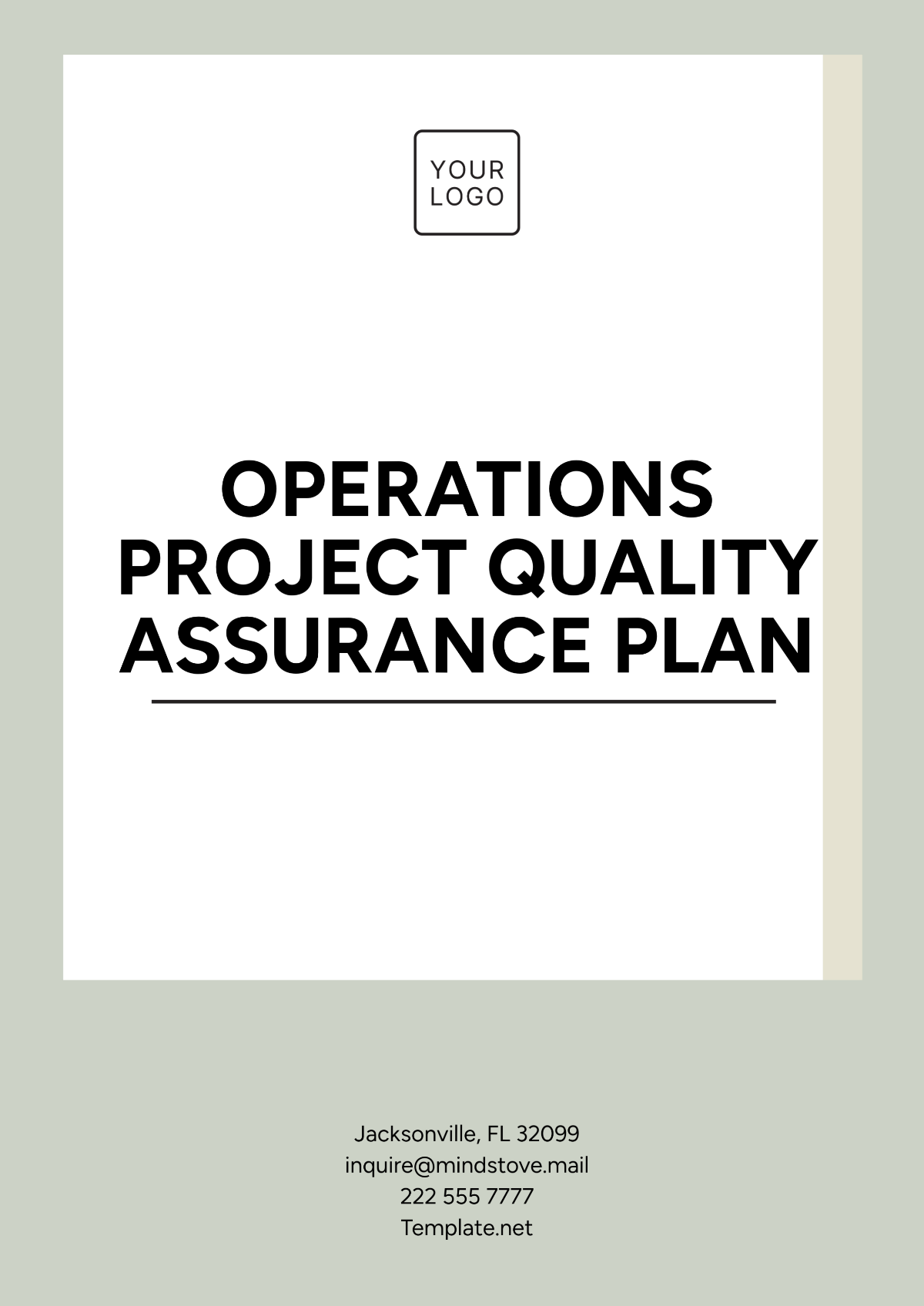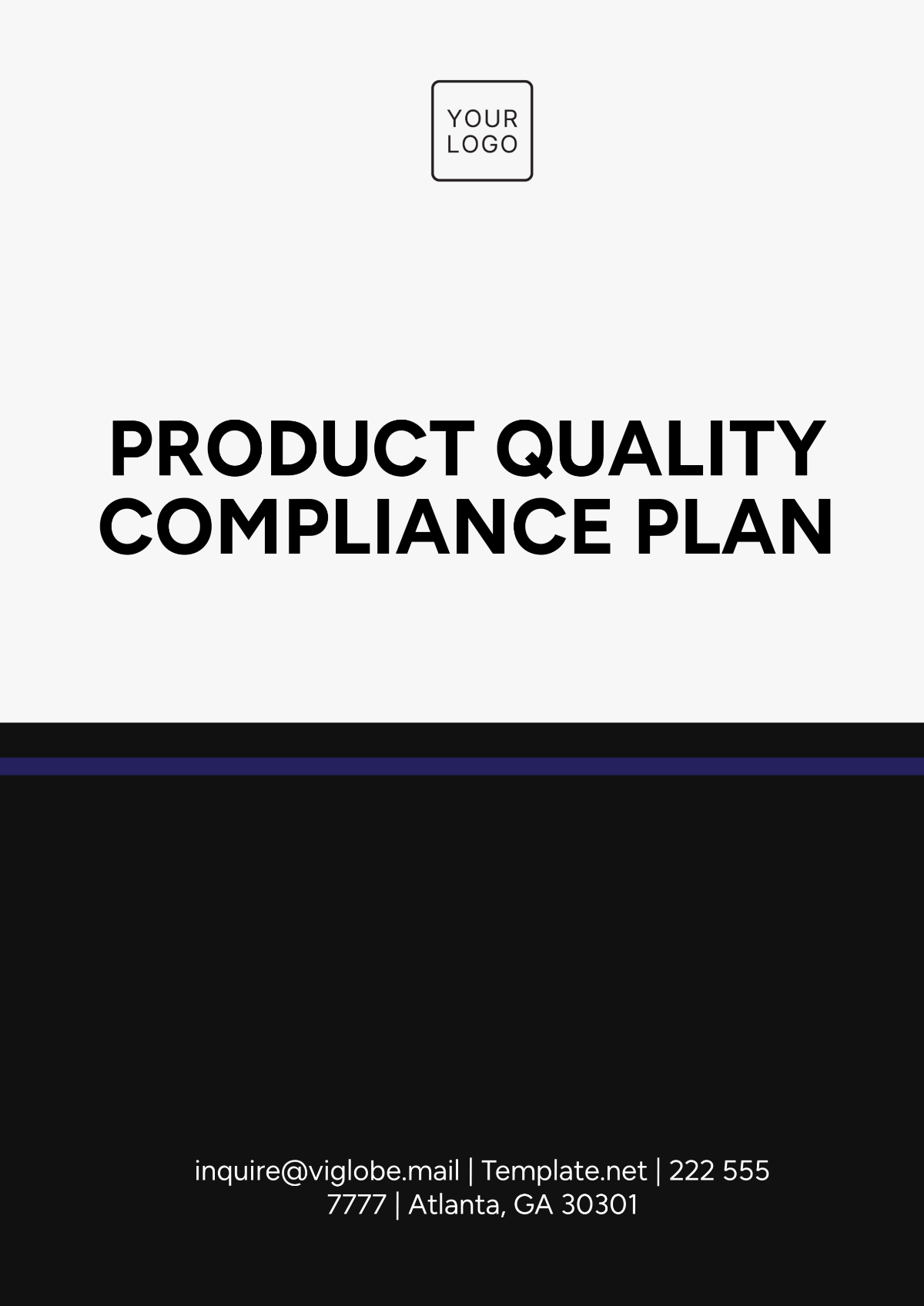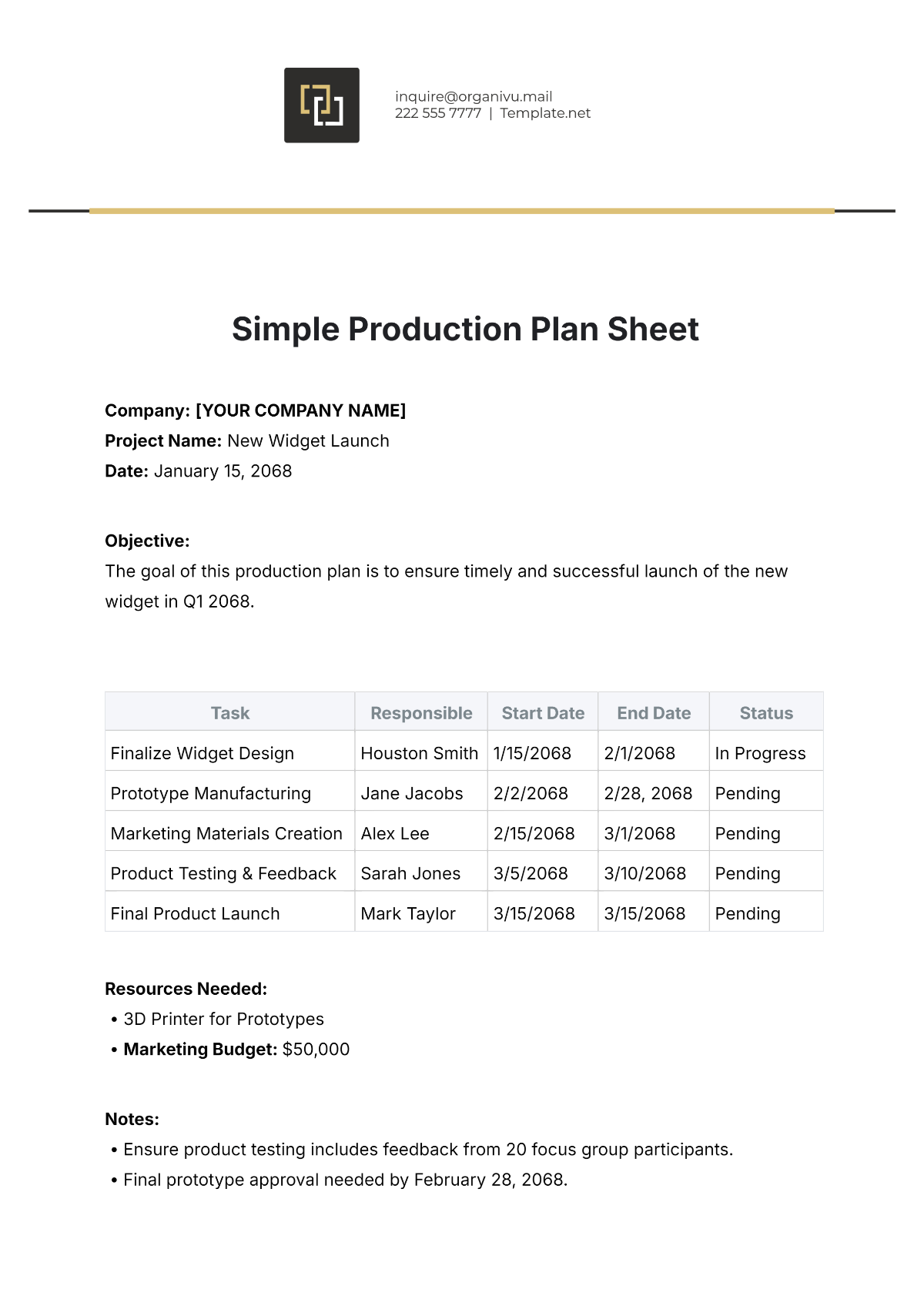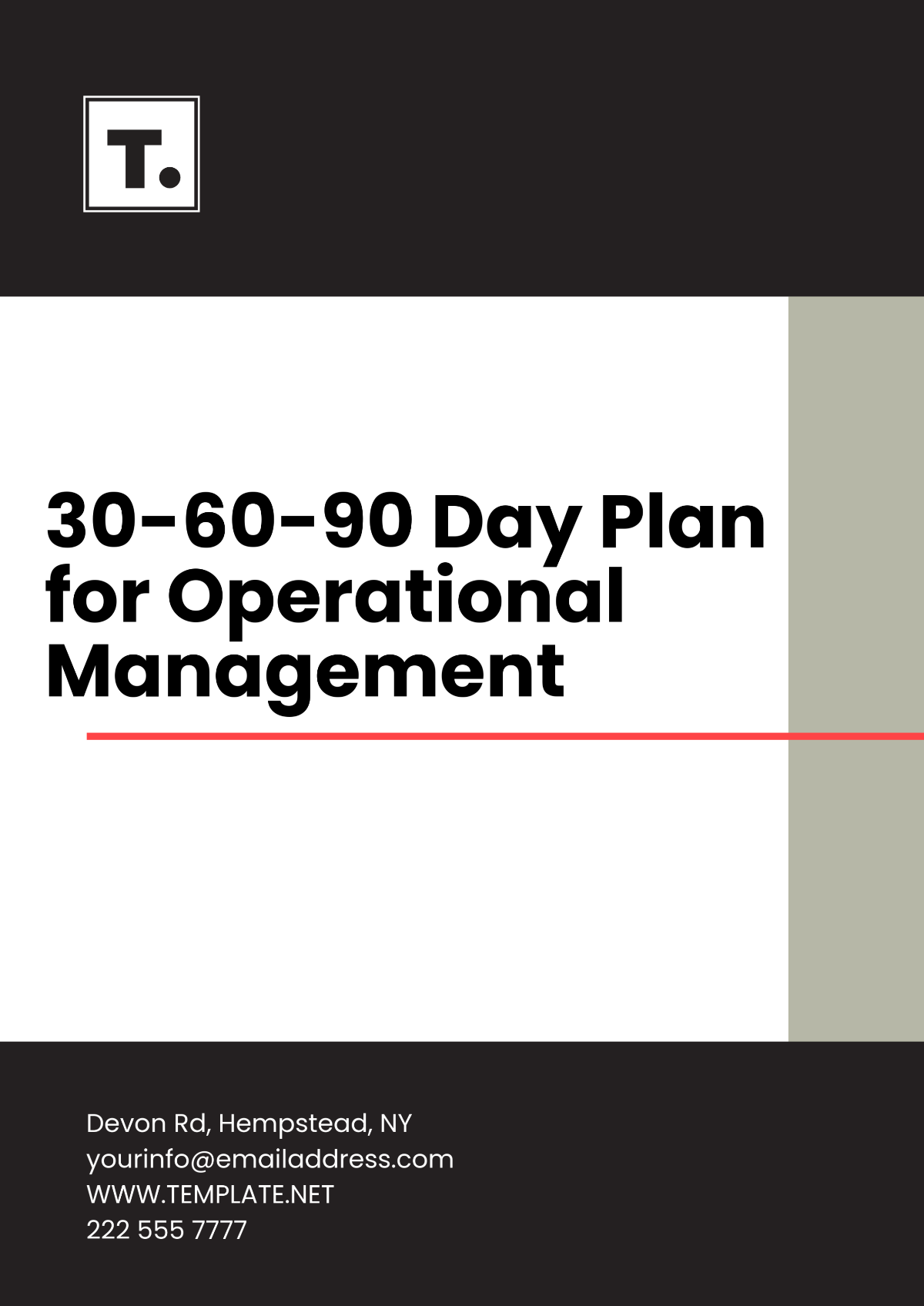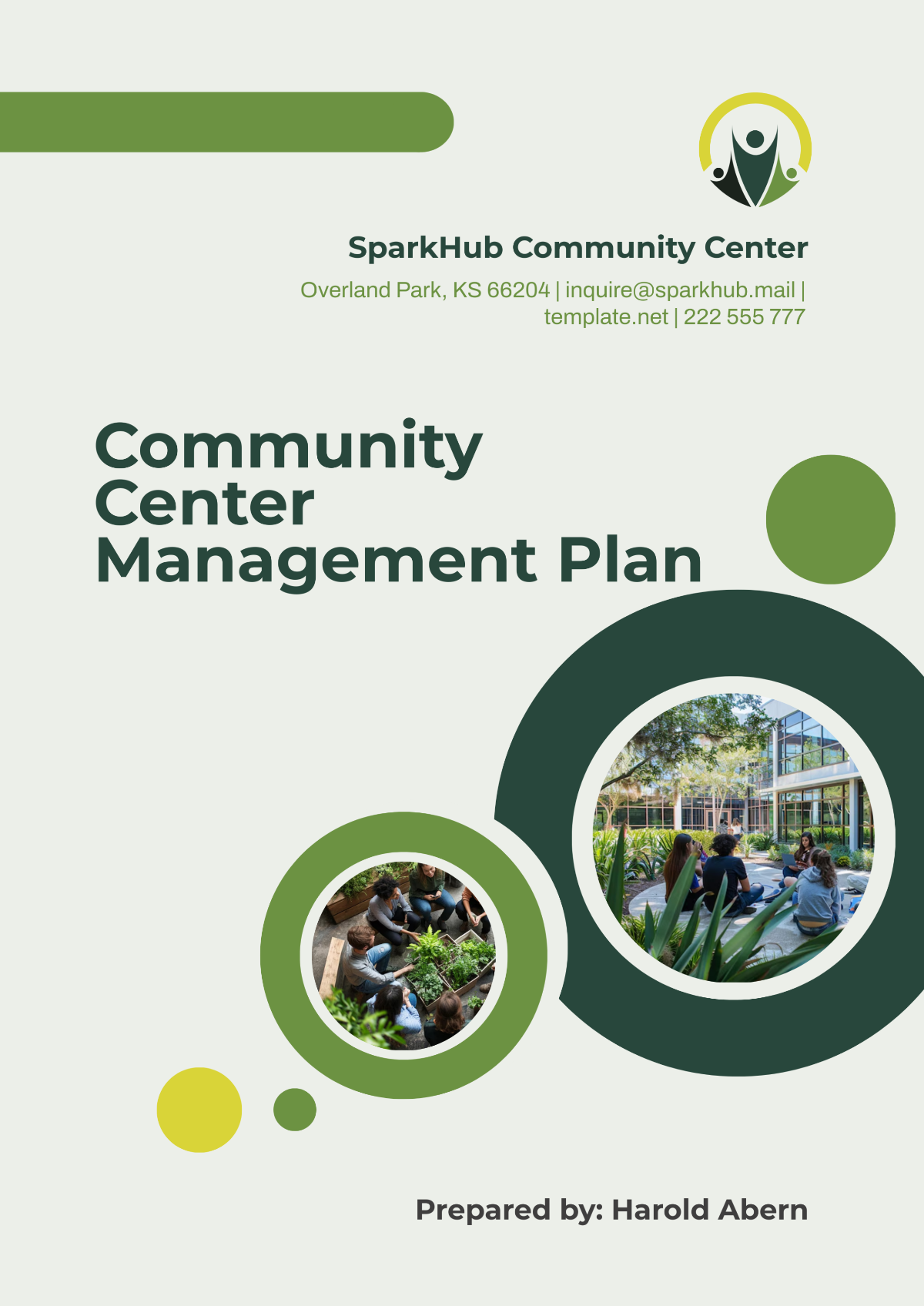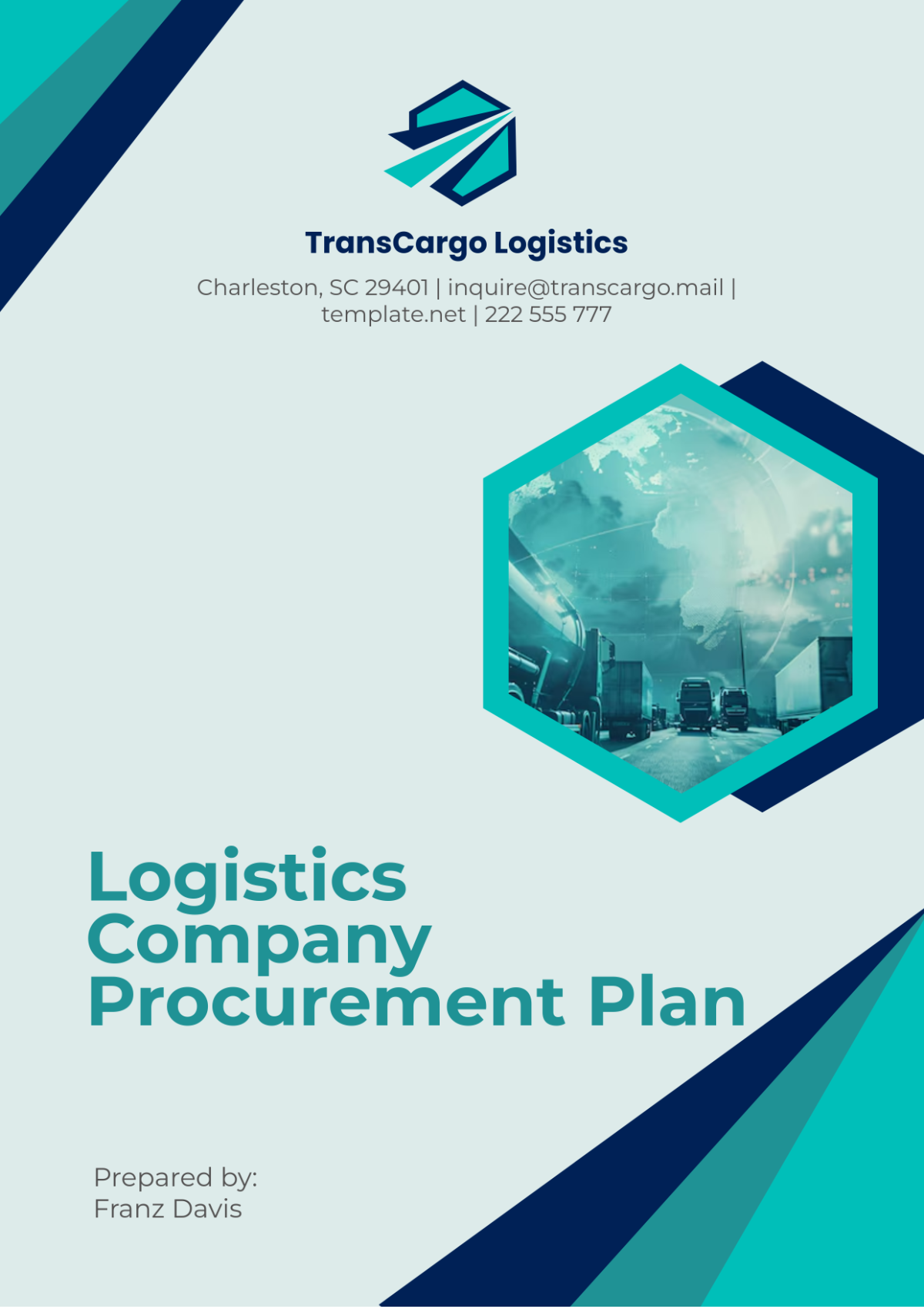Consulting Operational Plan
Prepared by | [Your Name] |
Date | [DATE] |
I. Executive Summary
The Executive Summary provides a high-level overview of the consulting operational plan, highlighting key objectives, strategies, milestones, and financial projections.
A. Objectives
Increase client satisfaction by streamlining communication channels and improving service delivery.
Enhance operational efficiency through the implementation of standardized processes and tools.
Expand market reach by targeting new industries and geographical regions.
B. Strategies
Develop customized consulting solutions tailored to the specific needs of each client.
Invest in employee training and development to ensure a high level of expertise across all service areas.
Forge strategic partnerships with complementary businesses to offer comprehensive solutions.
C. Milestones
By May 2053: Complete internal process audit to identify areas for improvement.
By August 2053: Launch revamped client onboarding process to enhance customer experience.
By December 2053: Secure partnerships with at least 10 new businesses to expand service offerings.
D. Financial Projection
Revenue Forecast: Projected revenue for the next five years based on anticipated client engagements and growth strategies.
Expense Projection: Estimated expenses including personnel costs, technology investments, and overhead expenses.
Profit Margin: Expected profit margin calculated based on revenue and expenses.
II. Company Overview
A. Mission Statement
[Your Company Name] is dedicated to delivering exceptional consulting services that drive business growth and innovation for our clients.
B. Values
Excellence
Integrity
Collaboration
C. Core Competencies
Strategic Planning
Market Analysis
Project Management
III. Service Offerings
A. Service 1: Strategic Advisory
Description: Comprehensive strategic planning and advisory services for businesses of all sizes.
Key Features:
Tailored strategic planning sessions
Market trend analysis
Performance tracking and optimization
Benefits:
Improved decision-making
Enhanced competitive advantage
Sustainable growth strategies
B. Service 2: Market Research
Description: In-depth market research and analysis to uncover growth opportunities and mitigate risks.
Key Features:
Market segmentation studies
Competitor analysis
Customer satisfaction surveys
Benefits:
Data-driven insights
Targeted marketing strategies
Enhanced market positioning
IV. Operational Structure
A. Leadership Team
[Your Name], CEO: Responsible for overall strategic direction and decision-making.
Jane Smith, COO: Oversees operations and ensures alignment with company goals.
Michael Johnson, Head of Consulting: Manages client relationships and leads consulting projects.
B. Support Staff
Emily Brown, Administrative Assistant: Provides administrative support to the leadership team and assists with client communication.
Alex Wilson, Research Analyst: Assists with research, data analysis, and report generation for consulting projects.
Sarah Lee, Project Coordinator: Manages scheduling, resource allocation, and project coordination.
V. Operational Processes
A. Client Onboarding
Step 1: Initial Consultation - Gather client requirements and objectives.
Step 2: Proposal Development - Create a customized consulting proposal outlining the scope, deliverables, and timeline.
Step 3: Agreement & Kickoff - Finalize contract terms and initiate project kickoff meeting.
B. Project Execution
Step 1: Planning - Develop a project plan, timeline, and resource allocation.
Step 2: Implementation - Execute consulting activities according to the established plan.
Step 3: Monitoring & Adjustments - Track project progress, identify any deviations, and make necessary adjustments.
C. Quality Assurance
Step 1: Regular Review Meetings - Conduct periodic meetings with clients to assess project progress and address any concerns.
Step 2: Performance Evaluation - Evaluate project outcomes against predefined success metrics.
Step 3: Continuous Improvement - Implement feedback and lessons learned to enhance service delivery processes.
VI. Resource Allocation
A. Personnel
20 Consultants: Responsible for delivering consulting services to clients.
5 Support Staff: Provide administrative and operational support to consulting teams.
3 Managers: Oversee project delivery and client relationships.
B. Technology
Software Tools: Utilize Salesforce for client management, Tableau for data analysis, and Slack for internal communication.
Hardware: Equip consultants with laptops, smartphones, and other necessary devices for remote work and client meetings.
Communication Platforms: Use Microsoft Teams for internal collaboration and Zoom for client meetings.
C. Facilities
Office Space: Maintain two office locations equipped with meeting rooms and workstations for staff.
Remote Work Infrastructure: Ensure remote access to company systems and resources for employees working offsite.
Client Meeting Facilities: Arrange access to conference rooms or virtual meeting platforms for client consultations.
VII. Risk Management
A. Operational Risks
Staffing shortages: Due to unexpected turnover or extended leave.
Technology failures: Or cybersecurity breaches compromising client data.
Economic downturn: Affecting client budgets and demand for consulting services.
B. Risk Mitigation Strategies
Staffing Contingency Plan: Maintain a pool of freelance consultants or contractors to fill staffing gaps.
Cybersecurity Measures: Implement robust IT security protocols and regular data backups to safeguard client information.
Diversification of Services: Offer a range of consulting services across different industries to mitigate the impact of economic fluctuations.
VIII. Financial Projection
A. Revenue Forecast
Year | Projected Revenue | Growth Rate |
|---|---|---|
2051 | $2,500,000 | 15% |
2052 | $3,000,000 | 20% |
2053 | $3,600,000 | 18% |
B. Expense Projection
Expense Category | Amount |
|---|---|
Personnel Costs | $1,200,000 |
Technology Investments | $500,000 |
Operational Expenses | $300,000 |
Marketing and Development | $200,000 |
Miscellaneous | $100,000 |
C. Profit Margin
Year 1 (2051): Target profit margin of 20%, aiming for profitability as operations scale.
Year 2 (2052): Increase profit margin to 25% through improved operational efficiency and cost management.
Year 3 (2053): Maintain a sustainable profit margin of 22% while continuing to invest in growth initiatives.
IX. Monitoring & Evaluation
A. Key Performance Indicators (KPIs)
Client Satisfaction Score: Measure client feedback and satisfaction levels through regular surveys.
Project Profitability: Track project budgets and expenses to ensure profitability targets are met.
Employee Utilization Rate: Monitor the percentage of time consultants spend on billable client work.
B. Evaluation Process
Quarterly Reviews: Conduct quarterly assessments of operational performance against predefined KPIs.
Annual Performance Reviews: Provide formal performance evaluations and feedback to staff members on an annual basis.
Continuous Feedback Loop: Encourage ongoing feedback and communication between management and staff to identify areas for improvement.
X. Conclusion
In conclusion, the detailed strategic approach is set to secure triumph by prioritizing improvements in customer satisfaction, streamlining processes, and widening its market presence. Supported by optimistic revenue projections and dedication to ongoing enhancement, it is well-equipped to meet its objectives and sustain its leadership status in the consulting sector.
